The geographical location of Tatarstan determines the richness of the flora and fauna of the region, contributes to the development and growth of many mushroom species. On the one hand, Tatarstan is surrounded by taiga forests, and on the other - typical broad-leaved forests. Therefore, the land of the republic boasts mushroom diversity.
The list of all the mushrooms of Tatarstan is quite long, includes about 1000 species, it is rather difficult to consider the photo and description of each, therefore we will focus only on the most common edible and poisonous species.
Content
Description and photos of edible mushrooms of Tatarstan
The following species are considered the most common edible mushrooms of Tatarstan:
- White mushrooms.
- Brown boletus.
- Boletus.
- Redheads.
- Again
- Mushrooms.
- Butterflies.
- Gruzdy.
- Russula.
These species have a high culinary value, due to their taste and unique mushroom aroma.
White mushrooms
The fruits of porcini mushrooms are very large. Despite the name, the hat may not only have a whitish color. Most often it is painted in soft brown tones, sometimes with shades of red. The shape of the hat depends on the age of the fetus, so it can be both hemispherical and prostrate.
The leg is thick, of irregular cylindrical shape. On the leg there is almost always a light vein mesh. The pulp is light, at the break does not change its color. From it comes a subtle mushroom aroma.
Boletus
A distinctive feature of boletus is the white leg of a cylindrical shape, densely covered with black and white scales. The hat can be of various shapes and colors. This is due to the numerical species diversity of boletus.
The pulp of mushrooms has a whitish color. At the cut, it does not change its color, with the exception of the Blushing boletus, whose white flesh becomes pinkish when damaged.
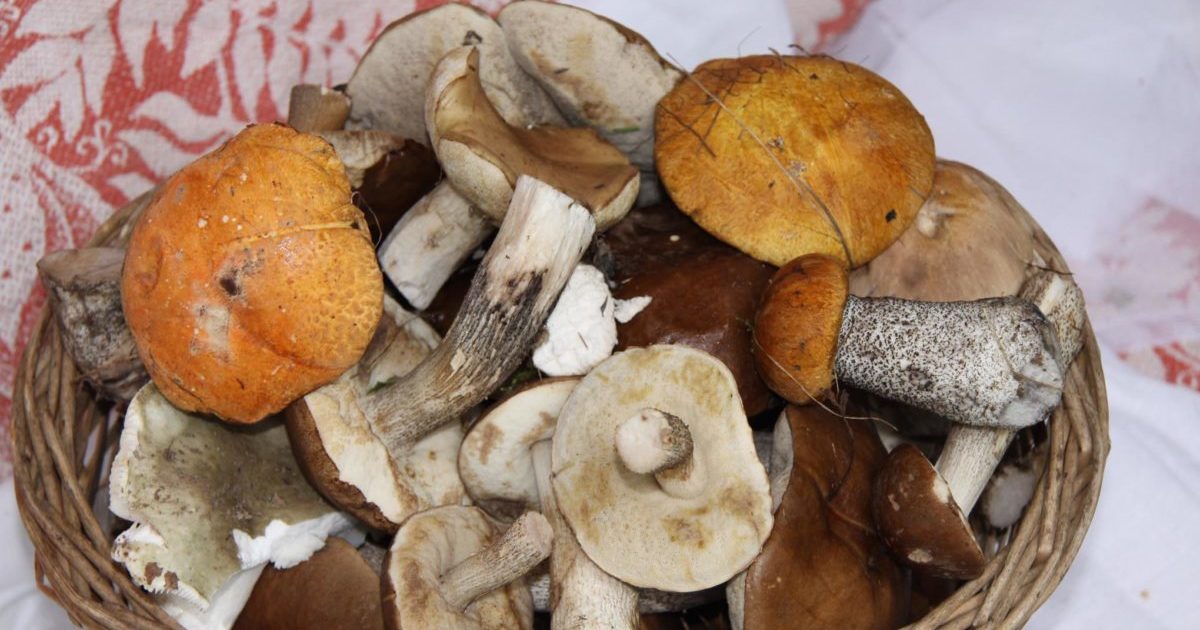 You may be interested in:
You may be interested in:Boletus
Convex hats that are easily detachable from the legs are characteristic of this species. The color of the hat varies depending on the type. It is usually represented in shades of red or brown. The exception is the rare White Boletus with a white fruiting body.
The leg is often curved, has an irregular cylindrical shape. Scales are densely located on the surface of the leg. White flesh changes color due to damage.
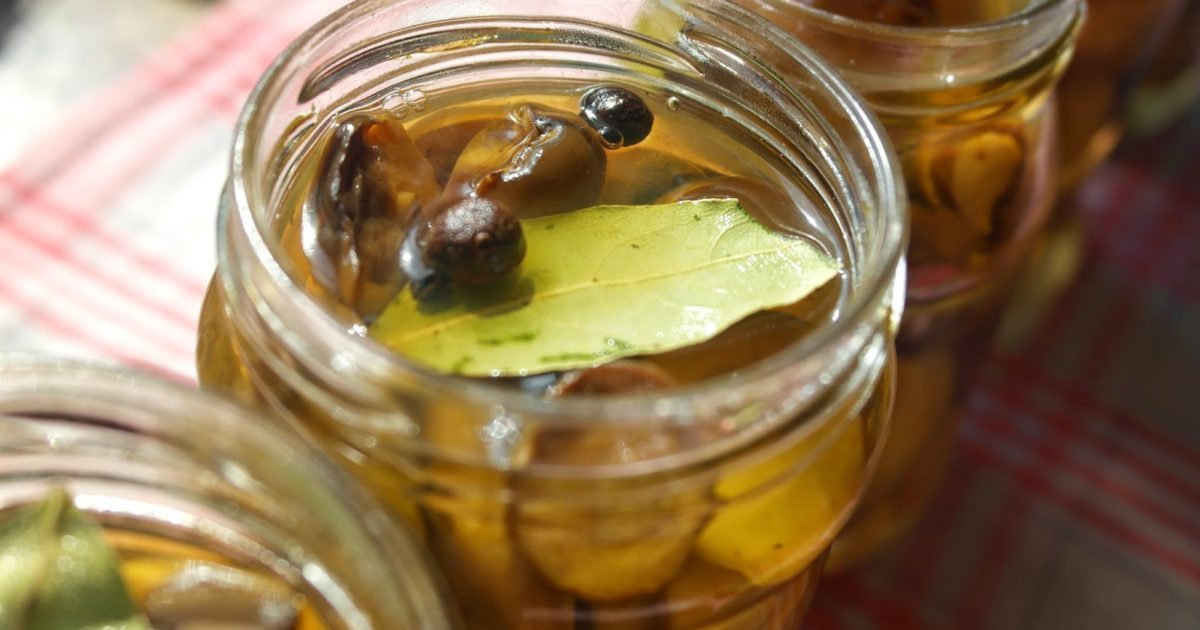 You may be interested in:
You may be interested in:Ginger
Ginger - These are orange mushrooms with characteristic dark spots and rings. Young individuals have convex hats, the edges of which are wrapped inward. In adult fruits, hats take a funnel shape with a straightened edge. The legs of saffron mushrooms are even, slightly narrowed to the bottom. They almost always repeat the color of the hat or have a slightly lighter color.
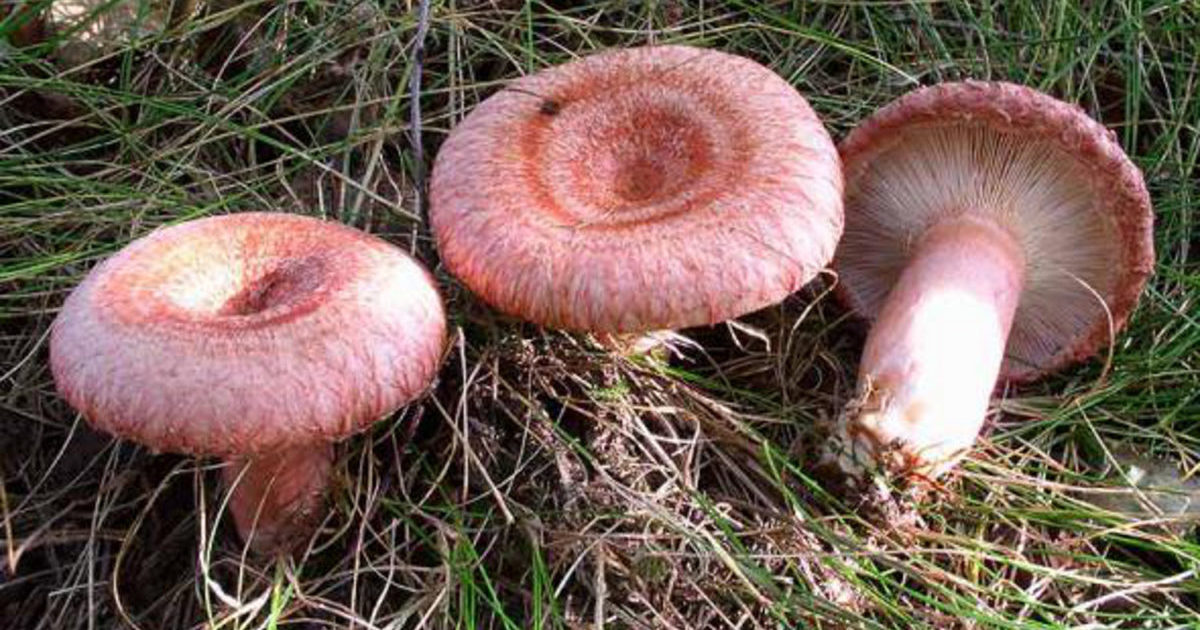 You may be interested in:
You may be interested in:On the surface of the legs there are small indentations. The pulp also has an orange color. At the break, it turns green, releasing a lot of milky juice. Upon contact with air, mushroom milk also turns greenish and smells of fruit.
Mushrooms
Honey mushrooms are small convex hats that are mounted on thin elongated legs. As they grow older, a tubercle is visualized in the center of the hat, so adult specimens look a bit like umbrellas.
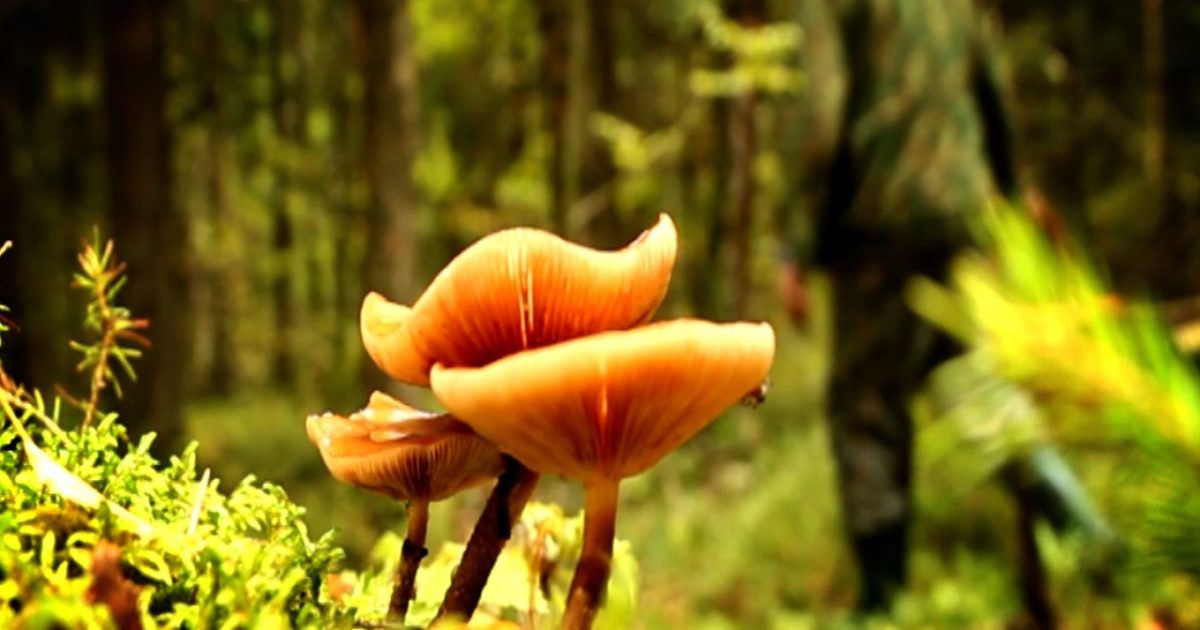 You may be interested in:
You may be interested in:The color of honey agarics is expressed in all shades of brown. In wet weather, the color darkens, and under the influence of sunlight becomes lighter. Some species have a mushroom ring or a skirt on the leg. The pulp is very watery, with a pleasant taste and smell.
Mushrooms
Mushrooms have rounded, often pillow-shaped caps with a dry cracked surface. The surface texture can be smooth or velvety. Hats are mounted on thick fibrous legs.
A distinctive feature of the species is the mesh pattern on the leg. The pulp is dense. If damaged, it turns blue. Due to its wide species diversity, the color of mushrooms varies from white to dark brown.
Butter
A distinctive feature of mushrooms of this species is the moist surface of the fruiting body. In wet weather, it is sticky, and in clear weather it is slippery. Mushroom hats are convex. In older individuals, they are slightly flattened. The color of the hat depends on the type of accessory of the oiler.
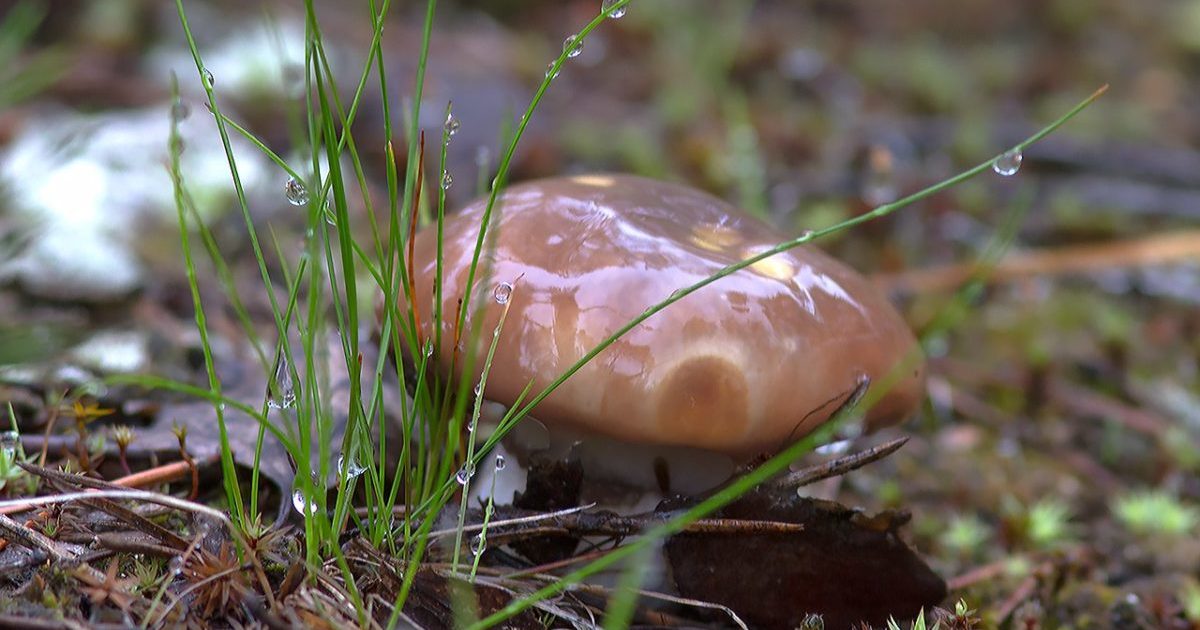 You may be interested in:
You may be interested in:It can be represented in shades of yellow, orange and brown. The club-shaped leg often has a mushroom ring or the remains of a dark colored bedspread. The color of the legs is identical to the color of the hat. The pulp is light. If damaged, it can be painted in blue or red.
Gruzdy
Mushrooms are medium-sized mushroom fruits with flat caps concave in the center. Less commonly, they have a funnel-shaped cap. Depending on the type, the edges of the hat may be flat or wavy.
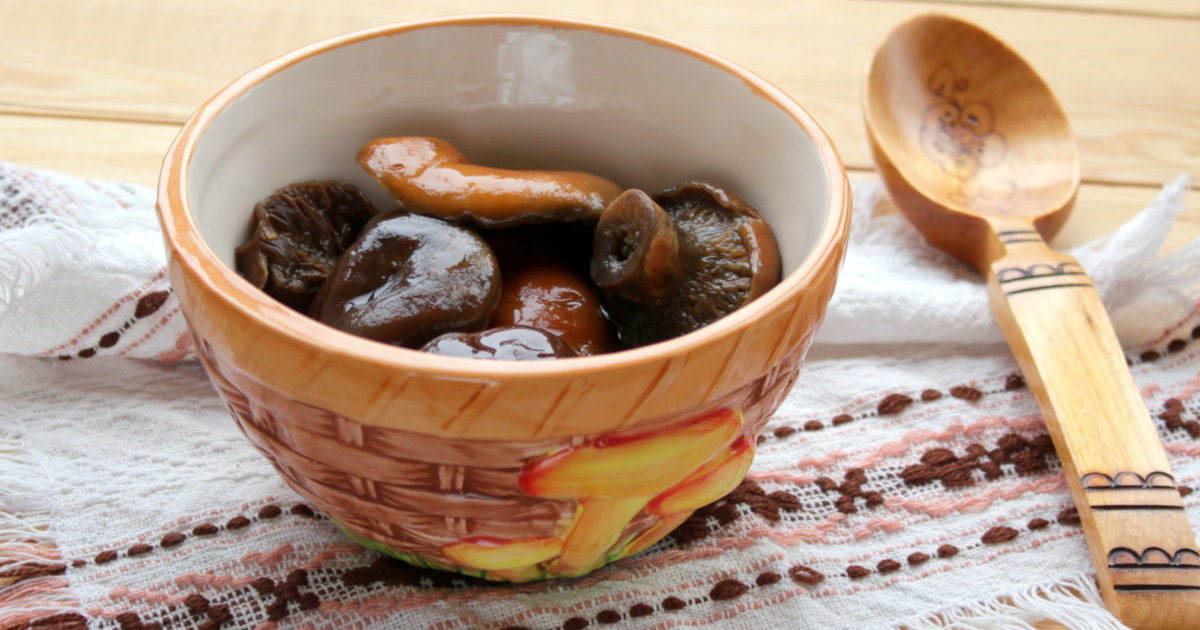 You may be interested in:
You may be interested in:The color is varied. The leg has a cylindrical shape. By color, it strictly corresponds to the hat. The pulp is firm, has a grayish or cream color. The pulp emits an indescribable fruity smell.
Russula
Russula are small mushrooms with open hats on thickened even legs. Often on the edges of the cap there are scars, stripes or cracks. The fruit body can be represented in a variety of shades. The pulp of russula is very fragile.
Depending on the type, it can be a dense or spongy texture. In young fruits, the flesh is white, but as it grows older it begins to acquire a brown, reddish or brown hue.
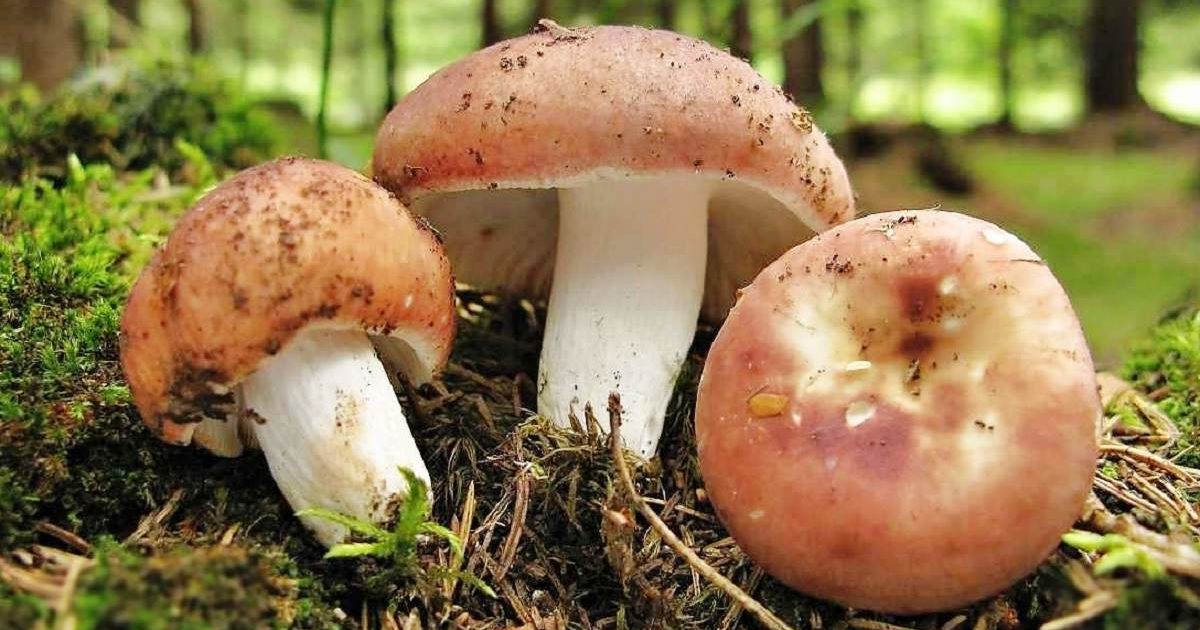 You may be interested in:
You may be interested in:Inedible species of mushrooms
Among the mushroom abundance of Tatarstan there are many inedible and poisonous species. The most dangerous are Galerina the Bordered and Pale grebe. The insidiousness of mushrooms lies in the fact that they are easily confused with edible species, and they themselves belong to a deadly category.So, a gallery can be mistaken for an edible honey agaric, and a grebes - for a green russula.
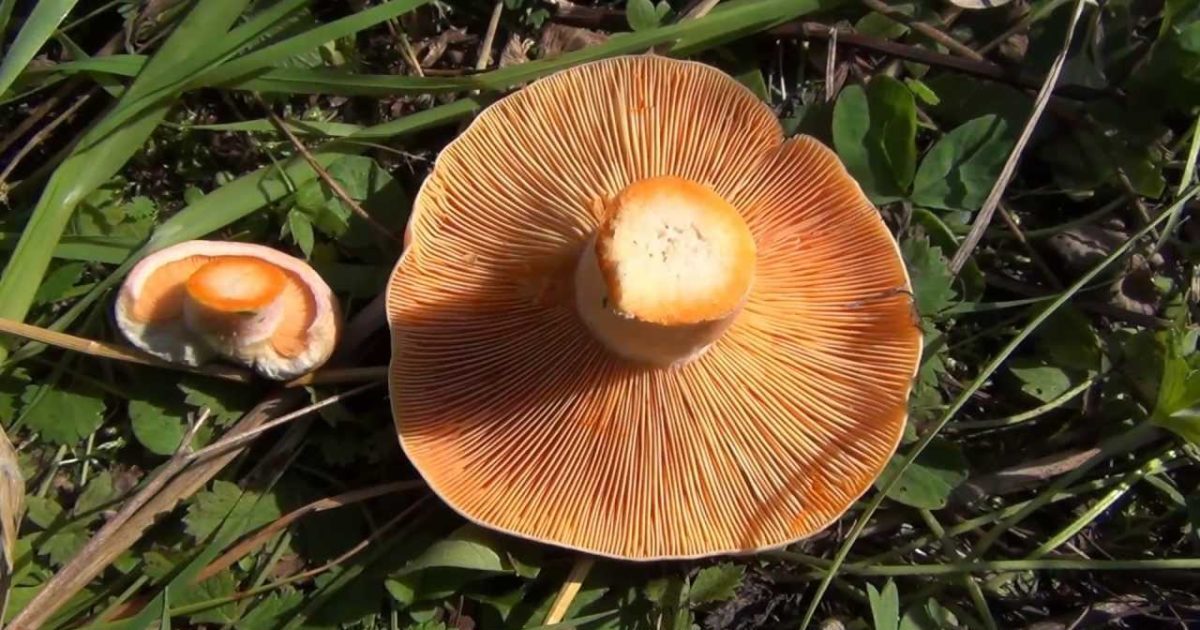 You may be interested in:
You may be interested in:Galerine Bordered is a small mushroom with a brown or tan hat. Under it are the same color of the plate, from which spore powder spills out, its shade resembling the color of rust. The shape of the hat depends on the age of the gallery: in young individuals it is convex, and in older ones it is flattened. A distinctive feature of this species is the presence of a membrane ring on the leg. But as they grow older, this ring disappears.
Pale grebe is a rather large mushroom fruit of a greenish-olive or gray color. Depending on age, the cap of the toadstool may have a hemispherical or open shape.
Distinctive features of this species include moire pattern on the leg and a well-visualized Volvo, which is often half in the soil. Representatives of the species do not have a pronounced taste and smell, and the white flesh does not change its color at the break, as is the case with many mushrooms of this type.
Where to look for mushrooms in the forests of Tatarstan?
Tatarstan has a fairly large number of forests, and each of them is mushroom. But not all forests are suitable for harvesting. In the forests located within the city, it is not safe to collect mushroom fruits. Mushrooms tend to absorb and accumulate heavy metals. Therefore, the harvest should go to places as far as possible from industrial facilities, the railway, busy roads and major cities.
The following places of Tatarstan are considered suitable for quiet hunting:
- forests along the outskirts of Swan Lake;
- forests in the vicinity of the village of Borovoye Matyushino;
- Krasnooktyabrsky forestry;
- Vasilievsky forestry;
- forest plantations near Makarovka;
- Aisha Forestry;
- woodland near the High Mountain.
Mushrooms are very selective in their choice of habitat. In birch plantations, a lot of brown boletus, cap boletus, and white boletus grow. If there are pine trees between birch trees, in such plantations you can find chanterelles, butterflies, and mushrooms. In aspen, you can meet the mushrooms.
Mushroom pickers should also consider the weather, which is an important factor in influencing the yield of mushroom fruits. The abundance of rain increases the level of fruitfulness of mycelium.
Each mushroom species has its own individual fruitful activity. For example, honey mushrooms are harvested in the fall, boletuses appear in June, and morels can be found only in the spring. In lowland areas of fruits, it is always an order of magnitude larger, since such places retain moisture longer.
Answers to widespread questions
Due to the favorable geographical position, the lands of the Republic of Tatarstan are very rich in mushrooms.But mushroom crops can be harvested only in certain forest plantations of the region.
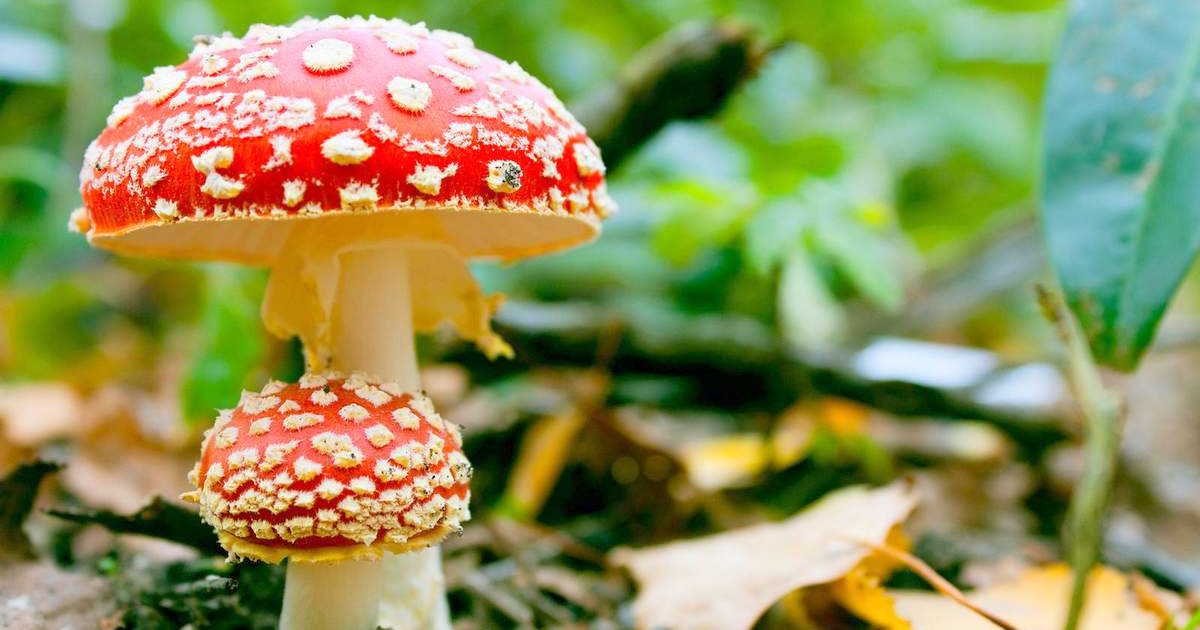 You may be interested in:
You may be interested in:

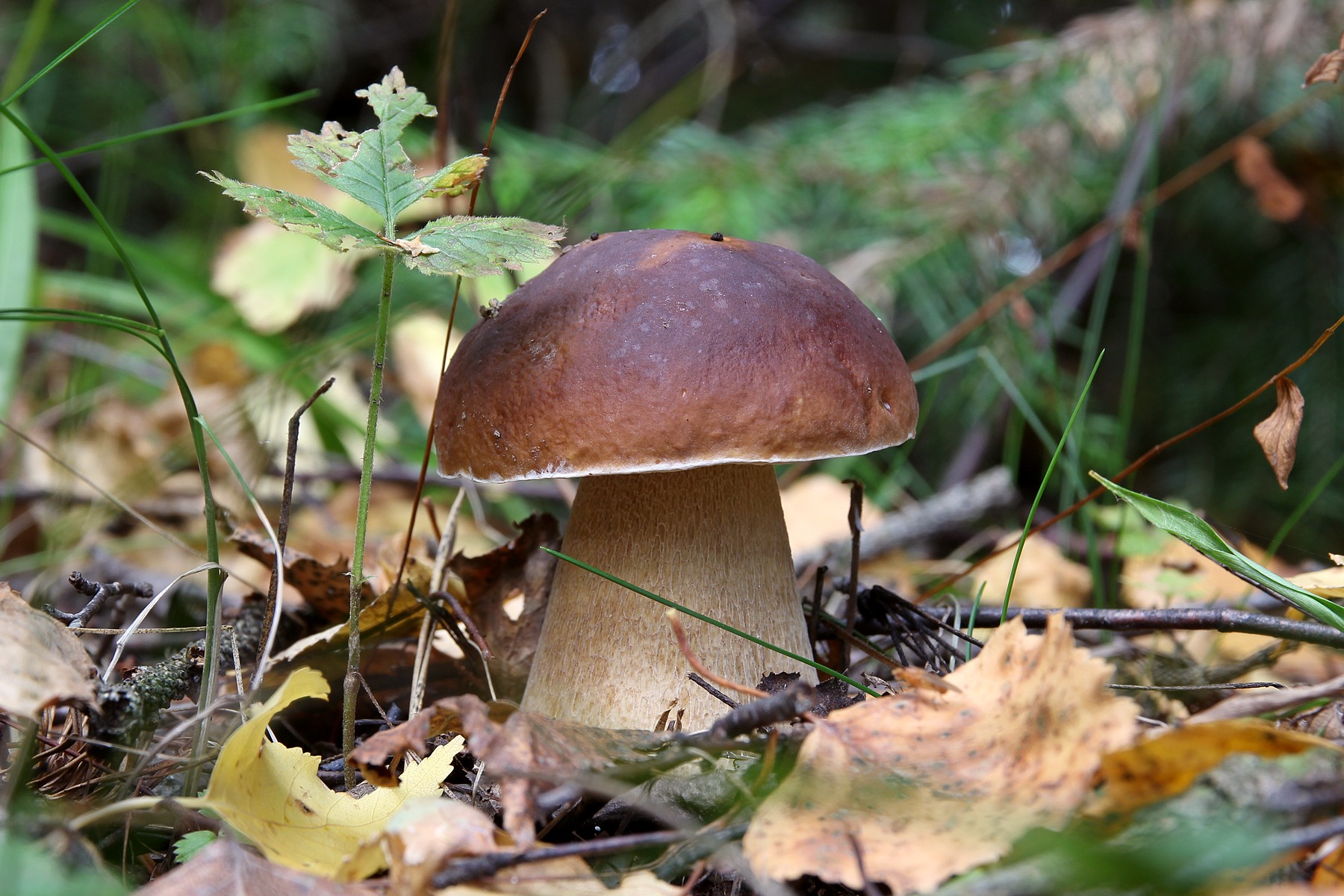

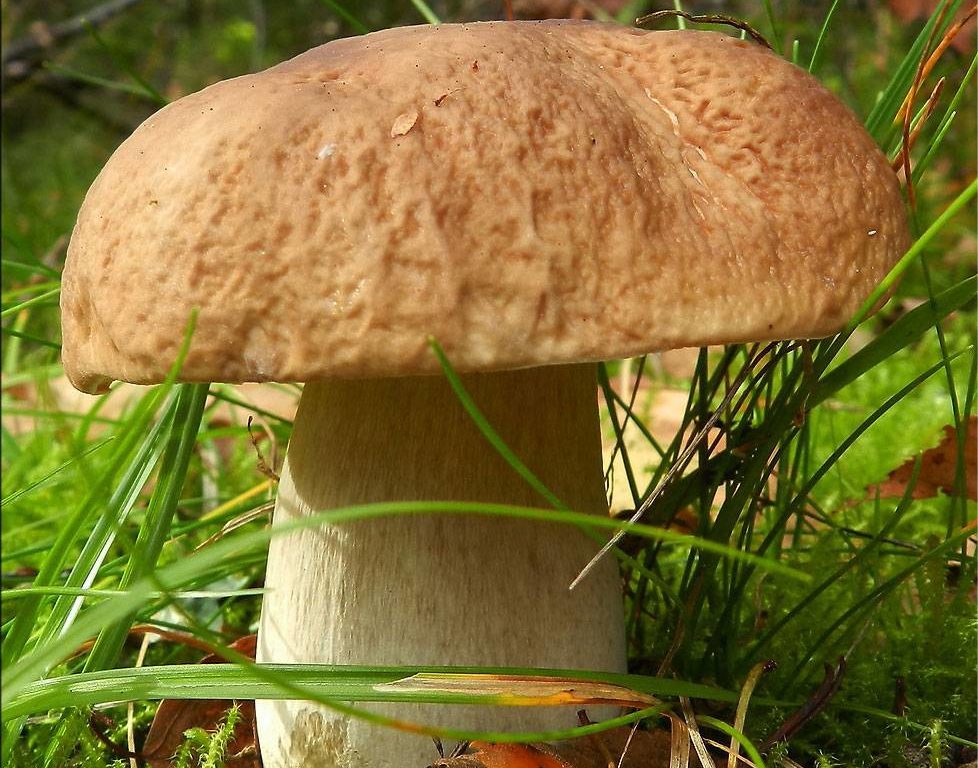
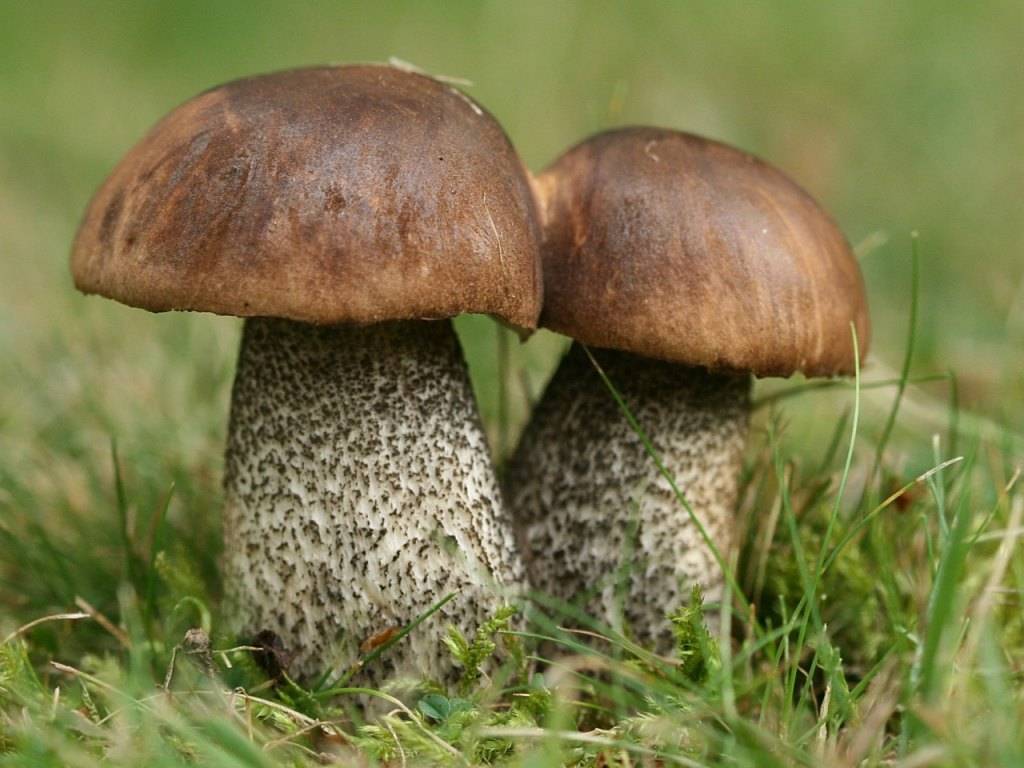
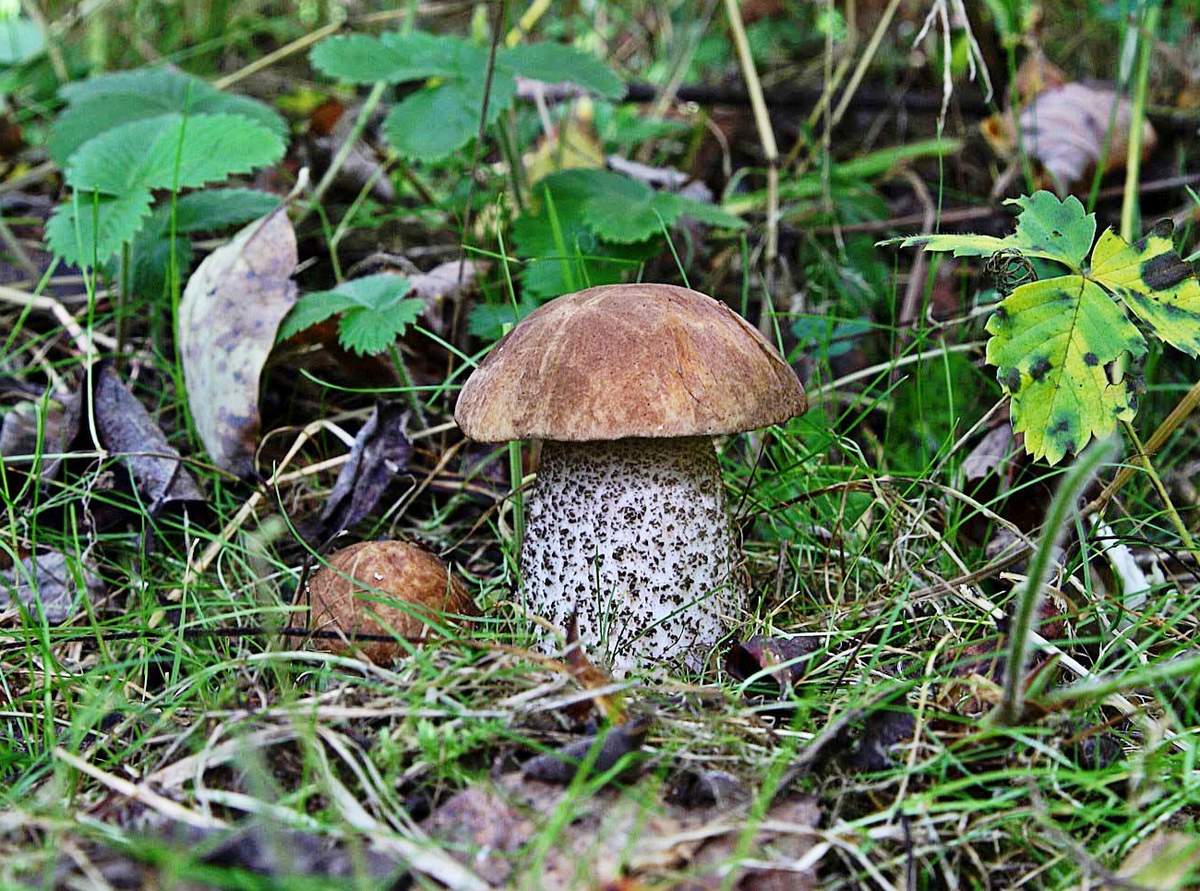
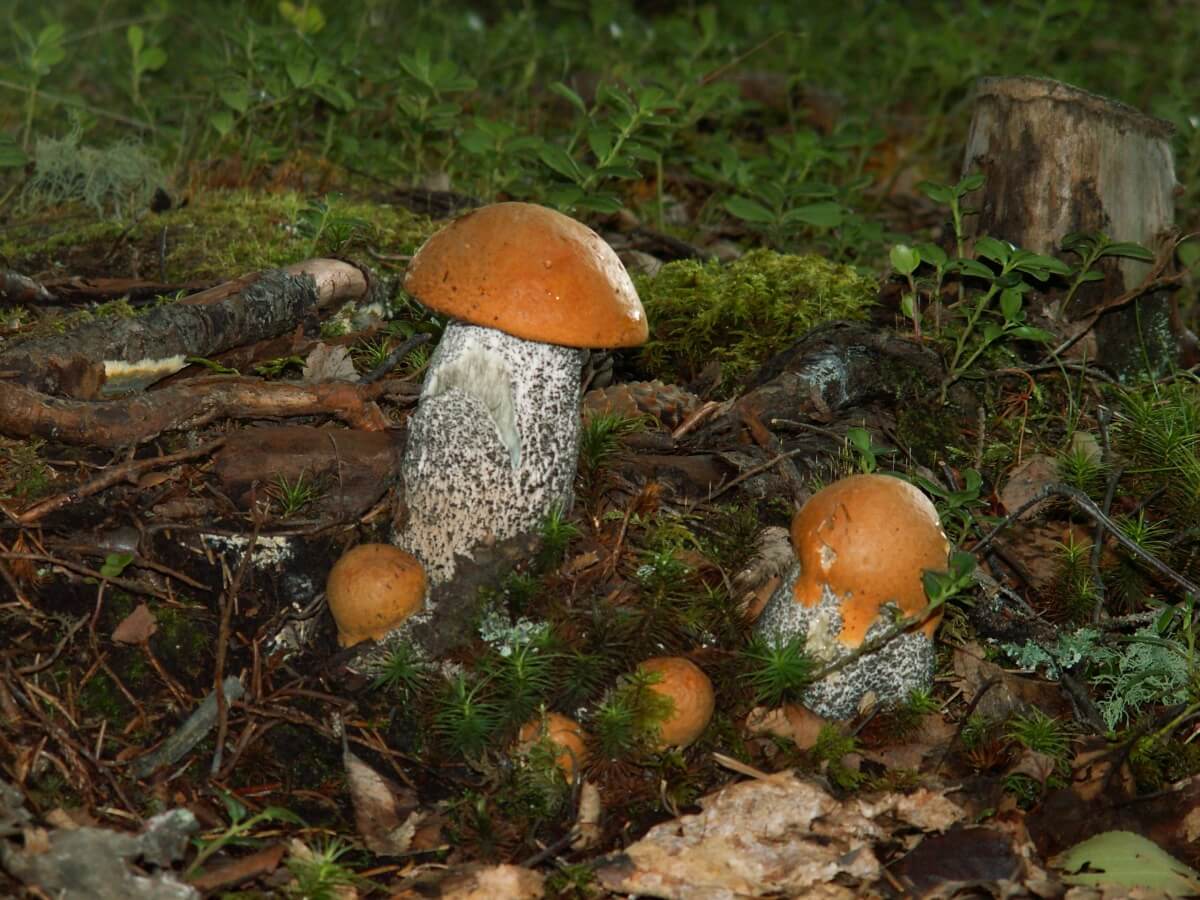
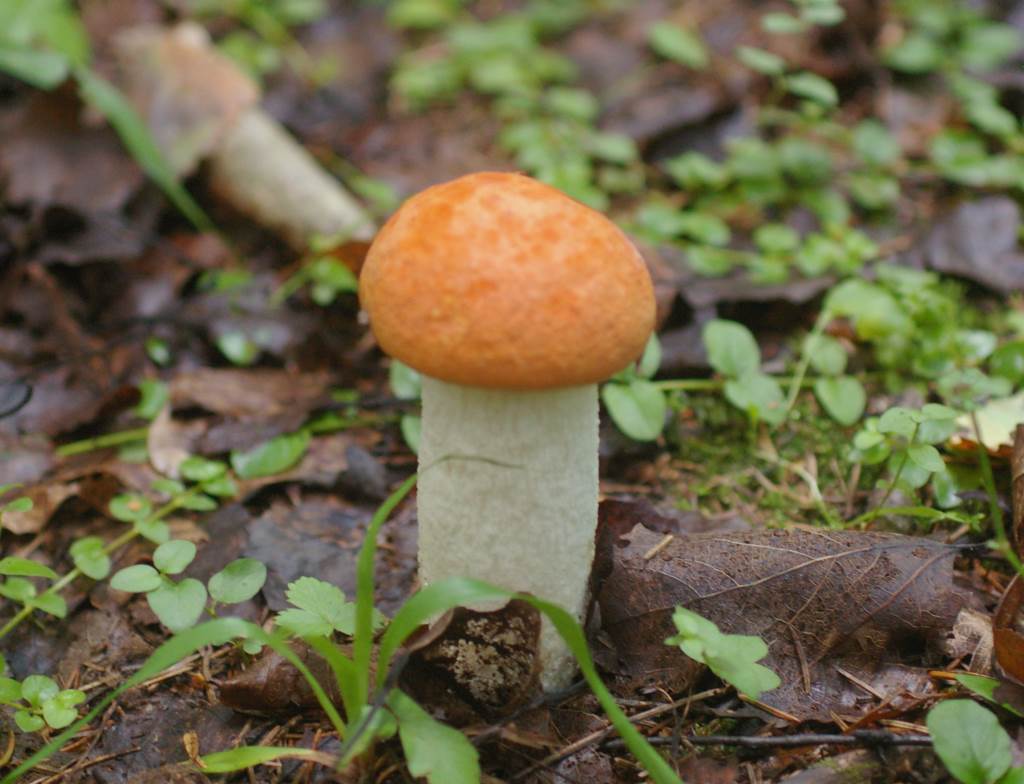
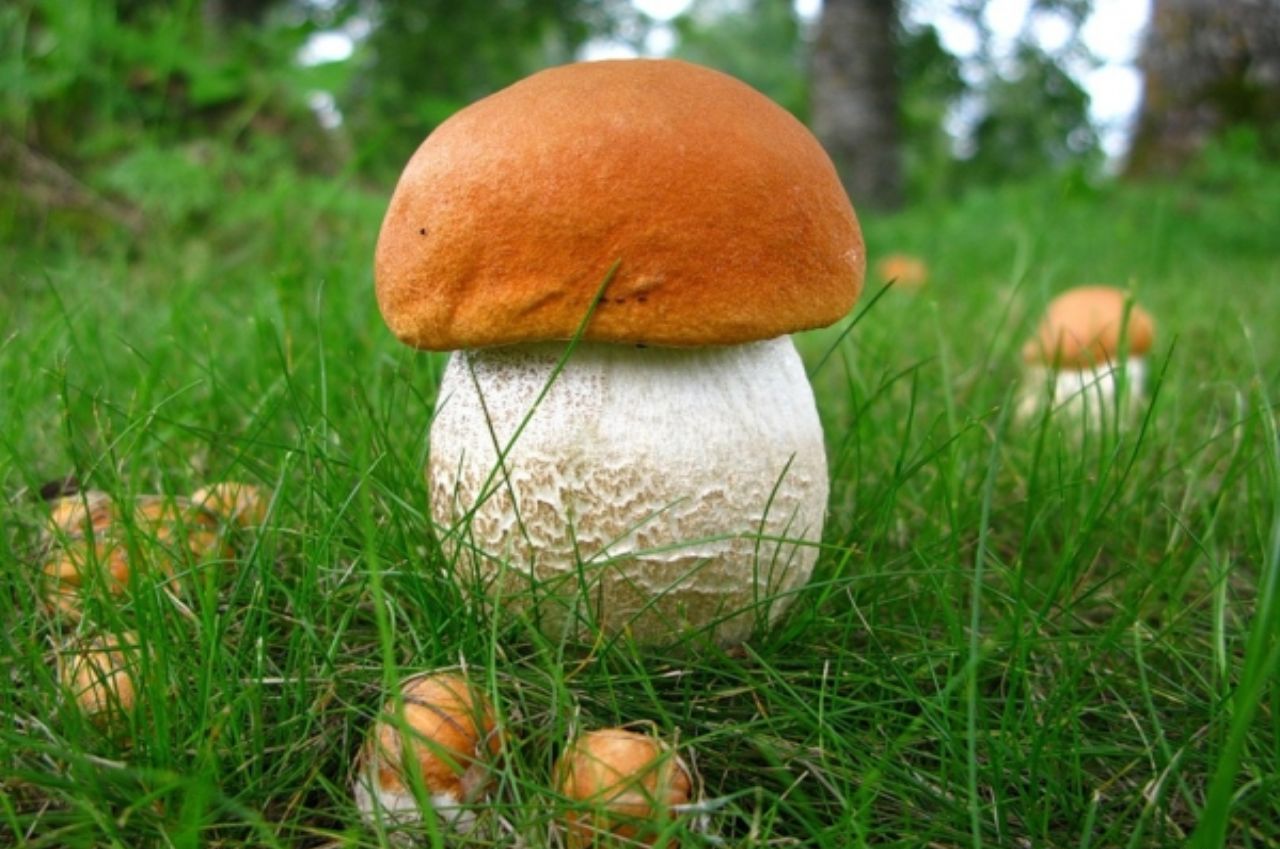
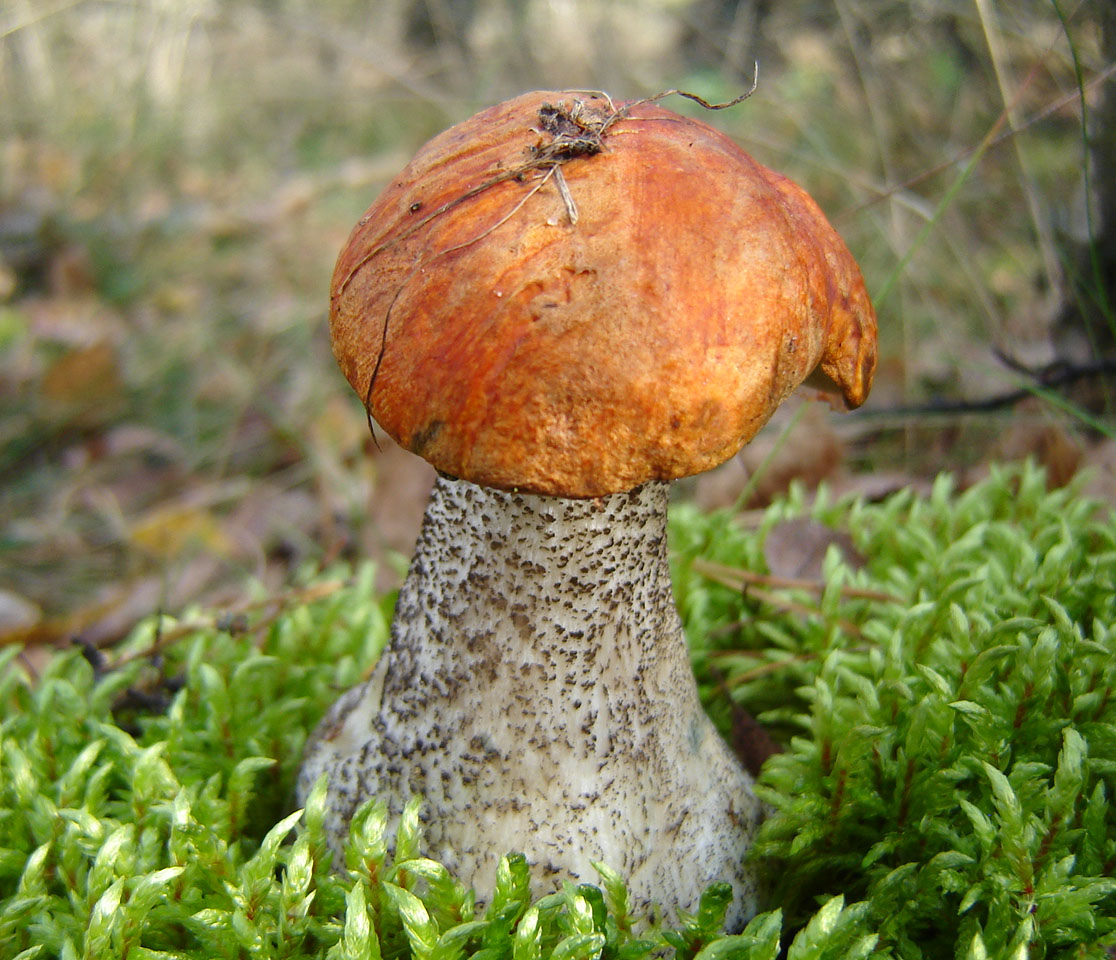
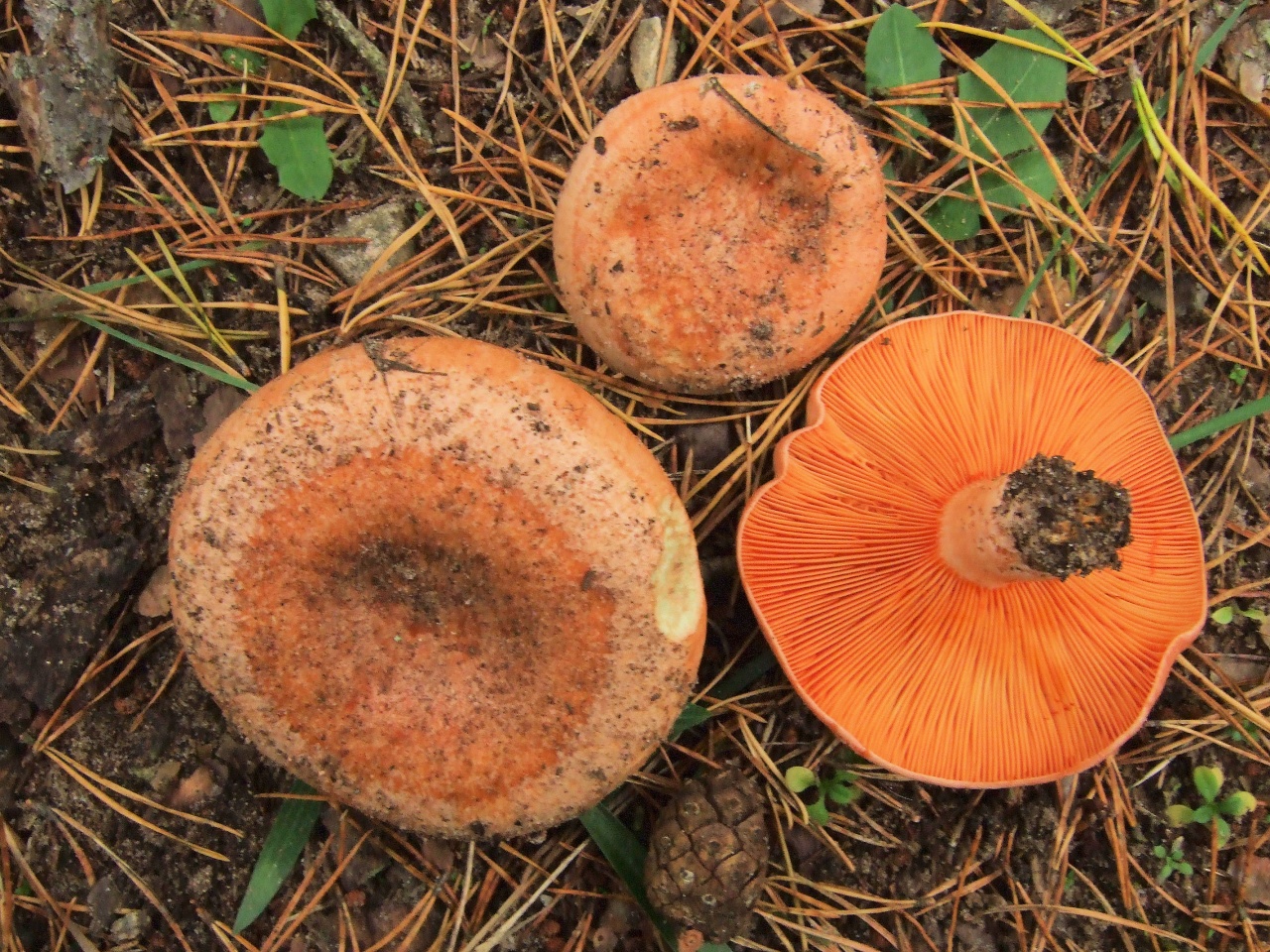
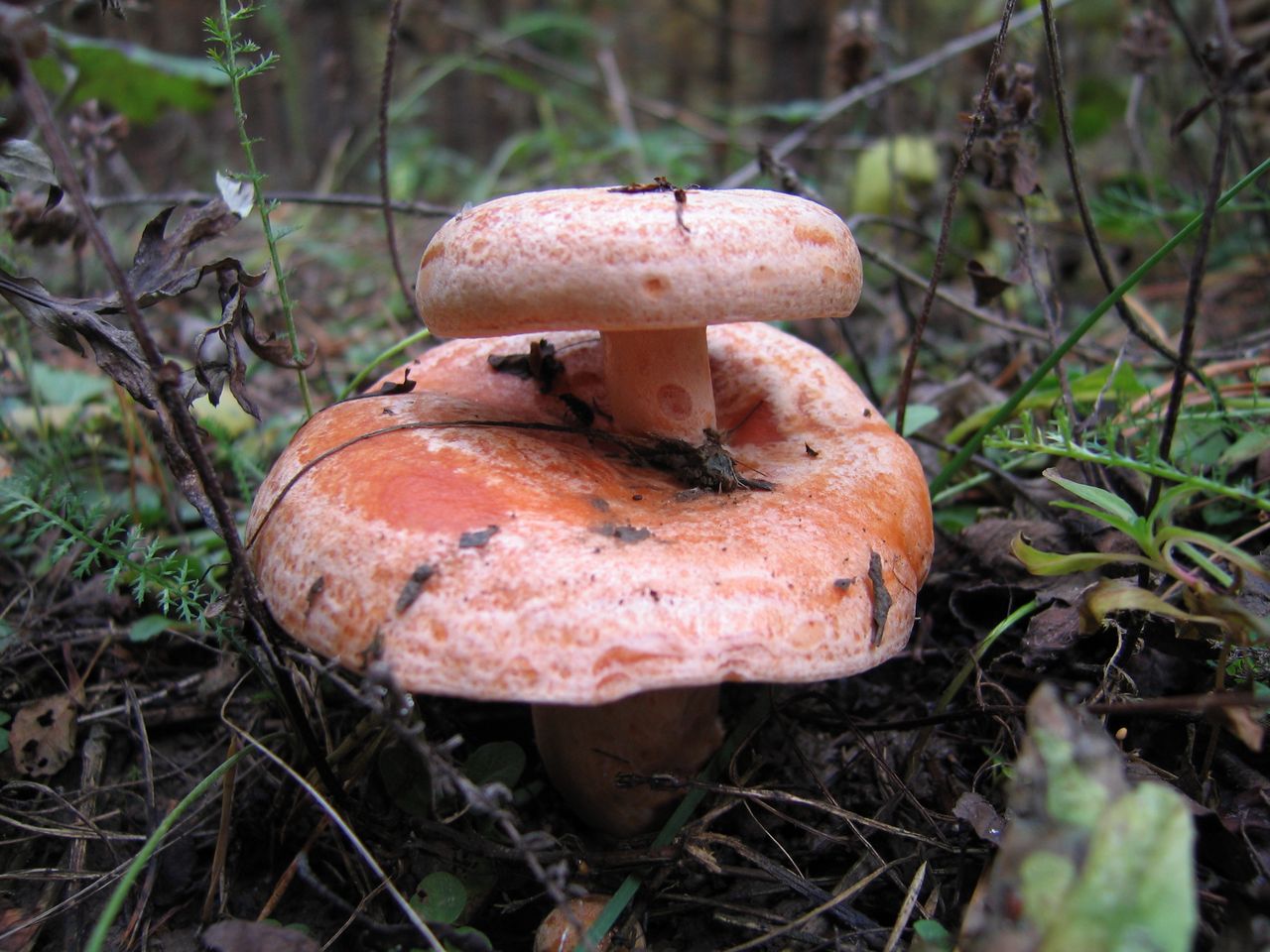
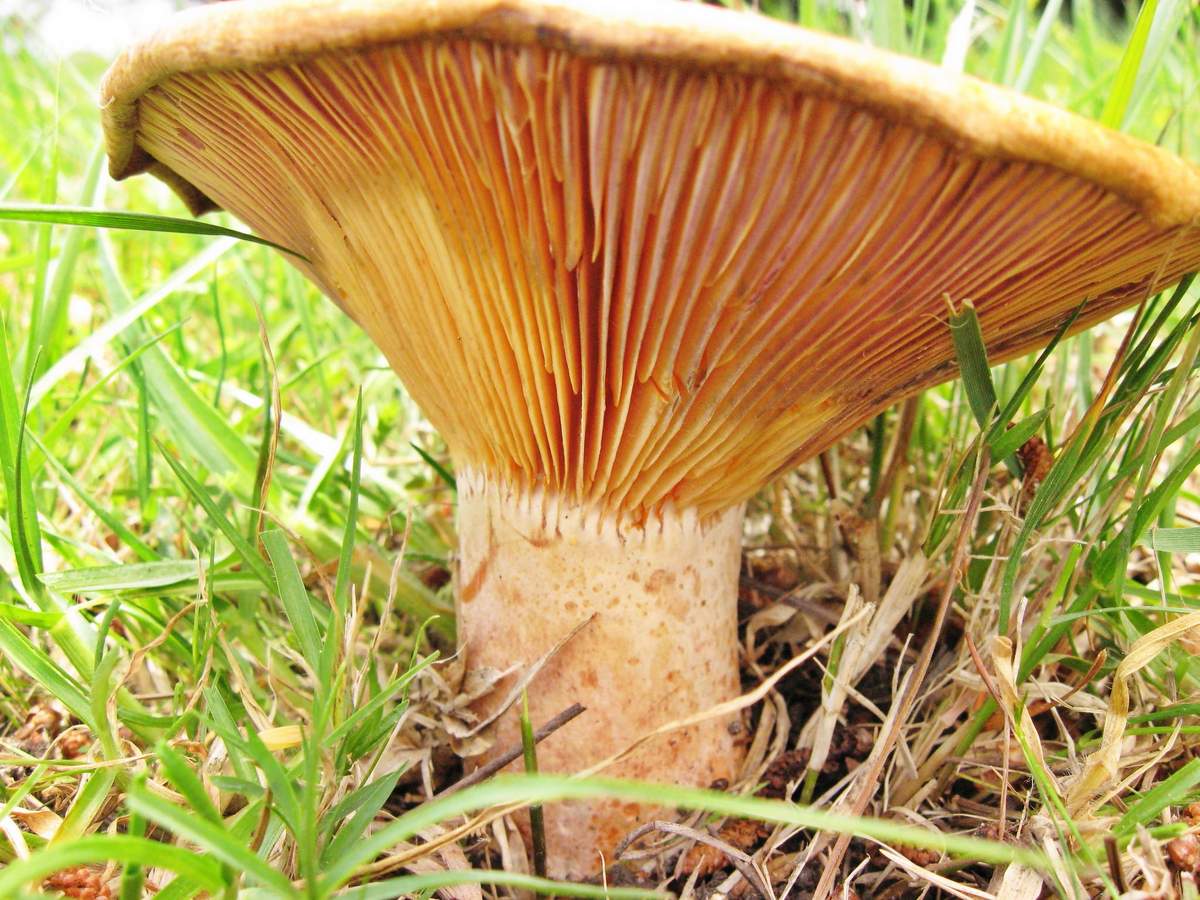
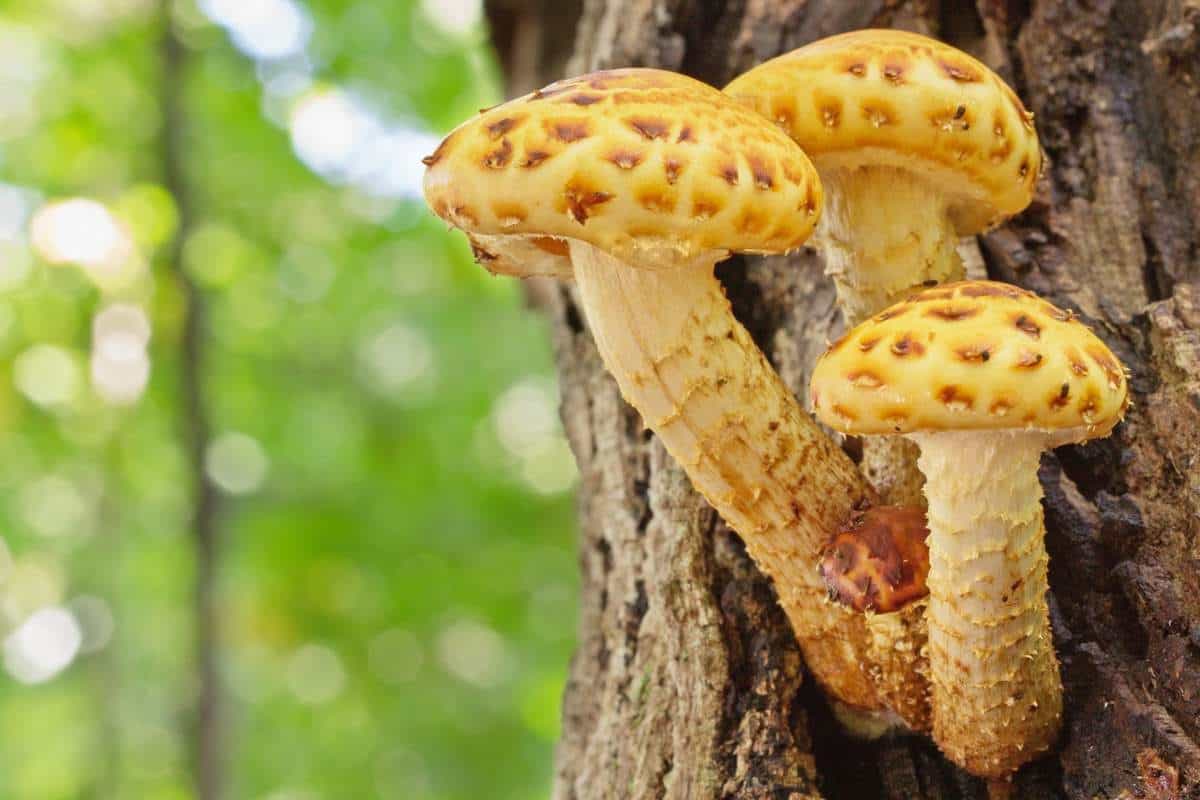
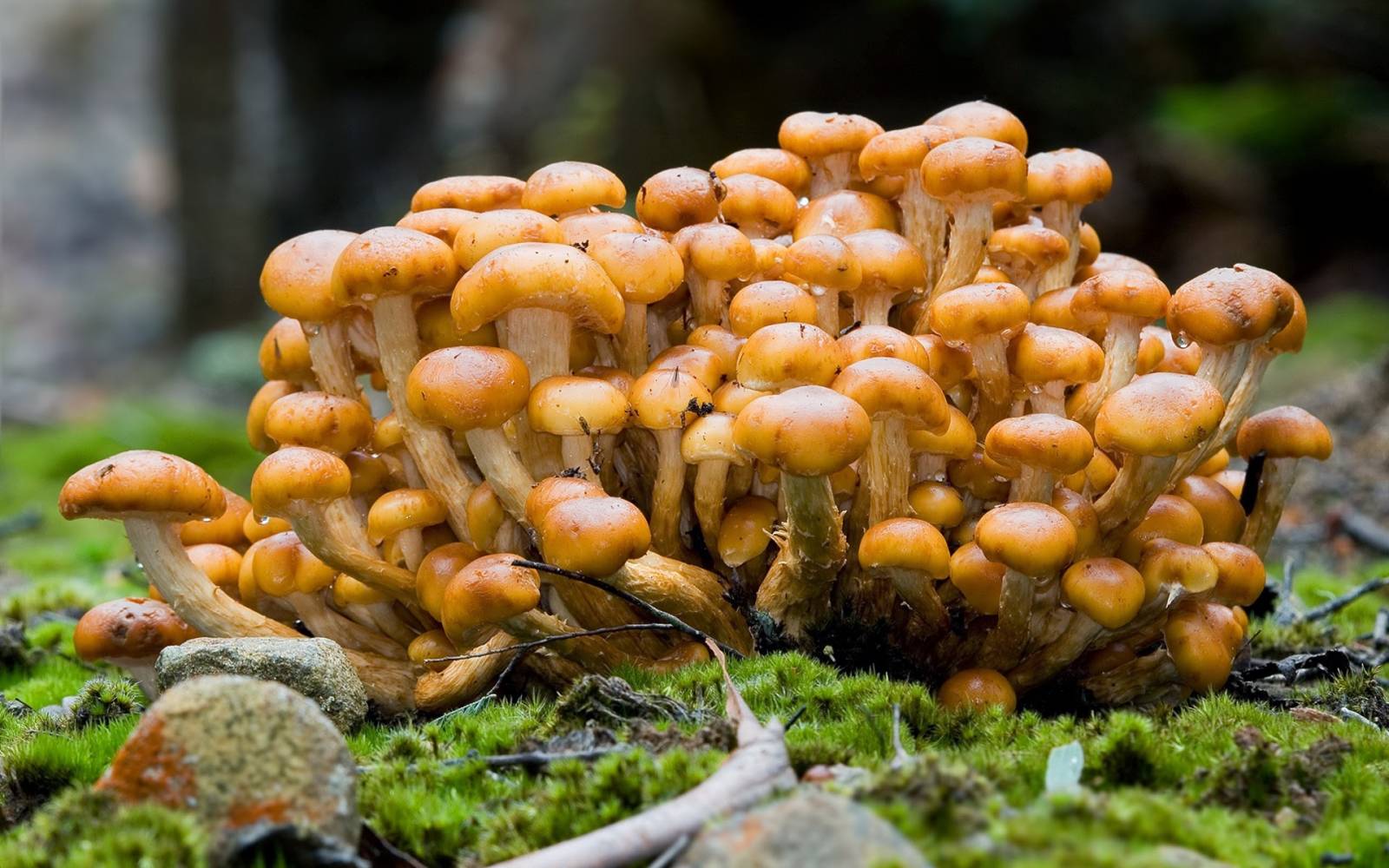
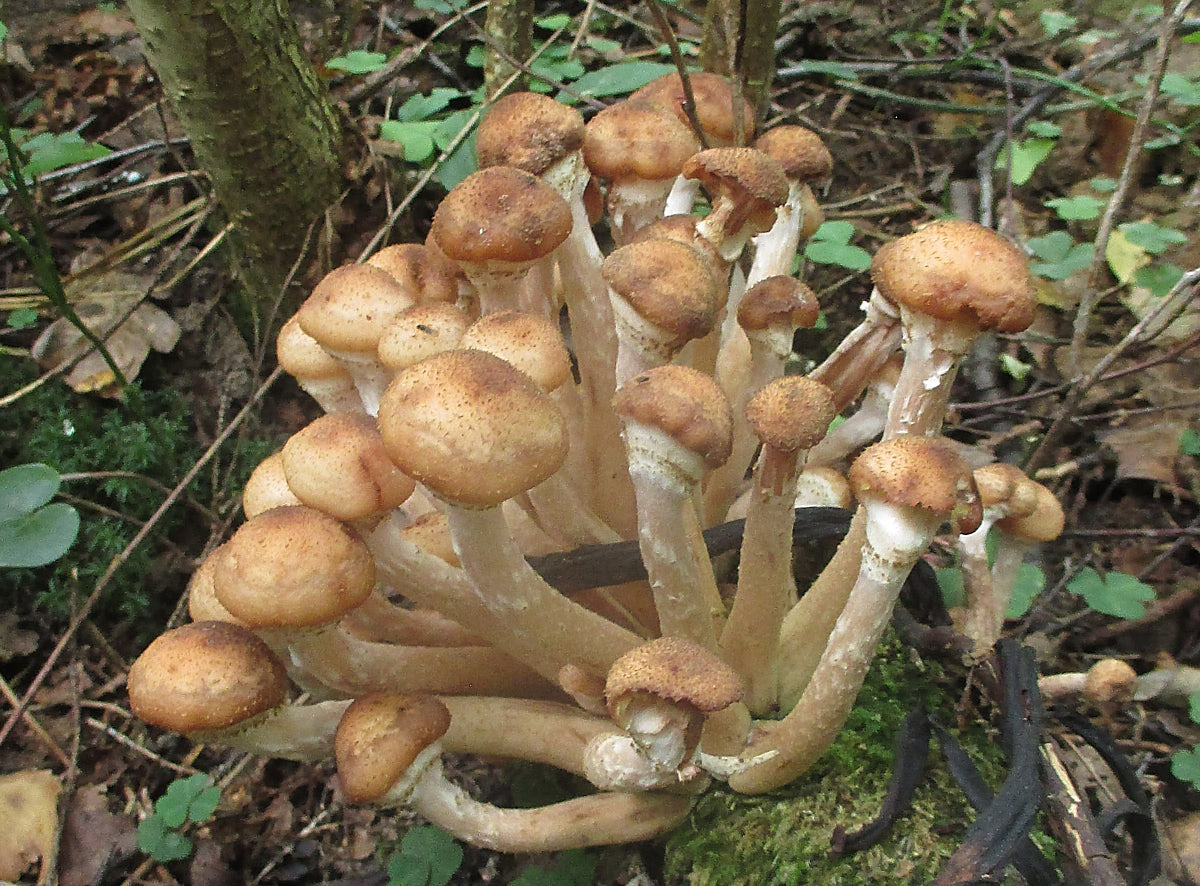
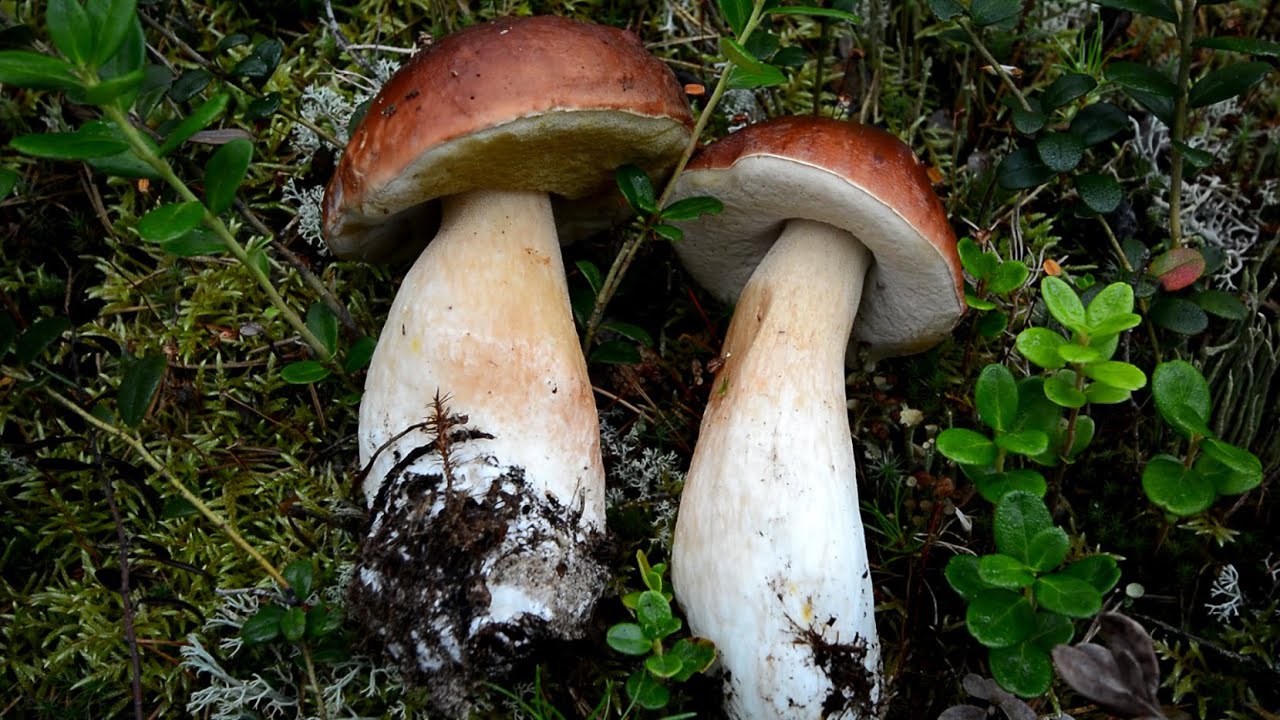
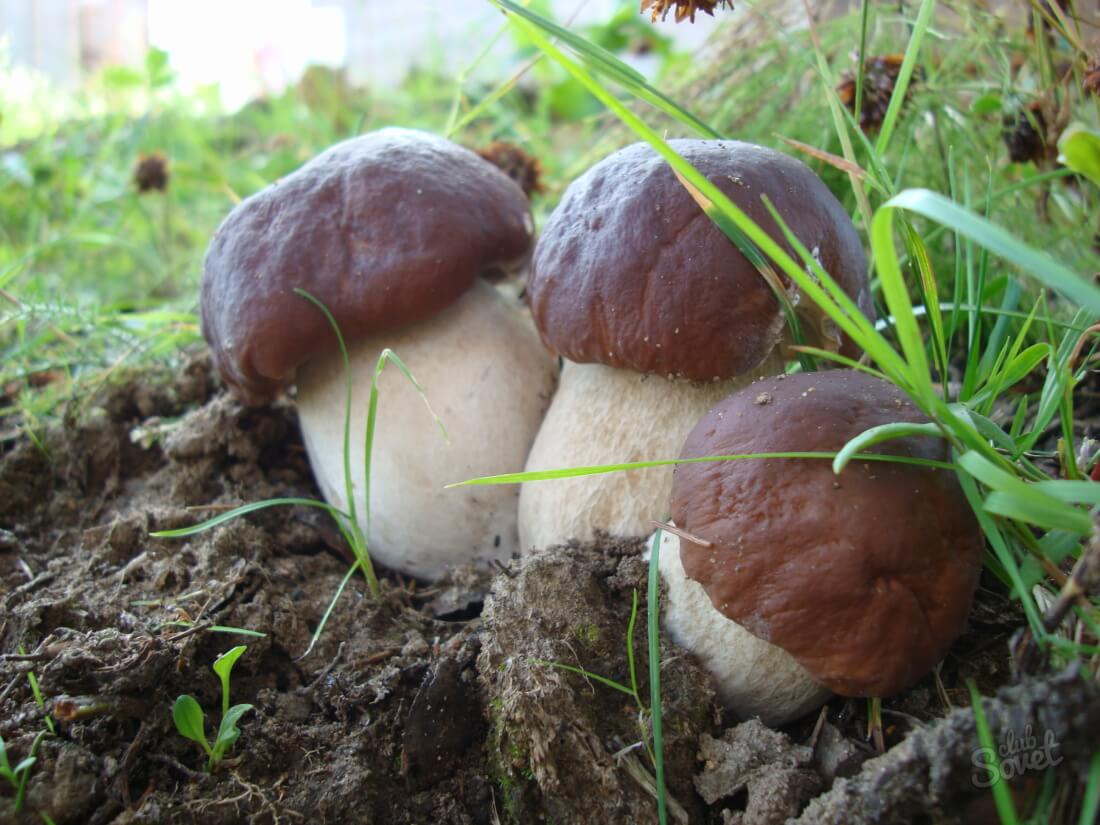
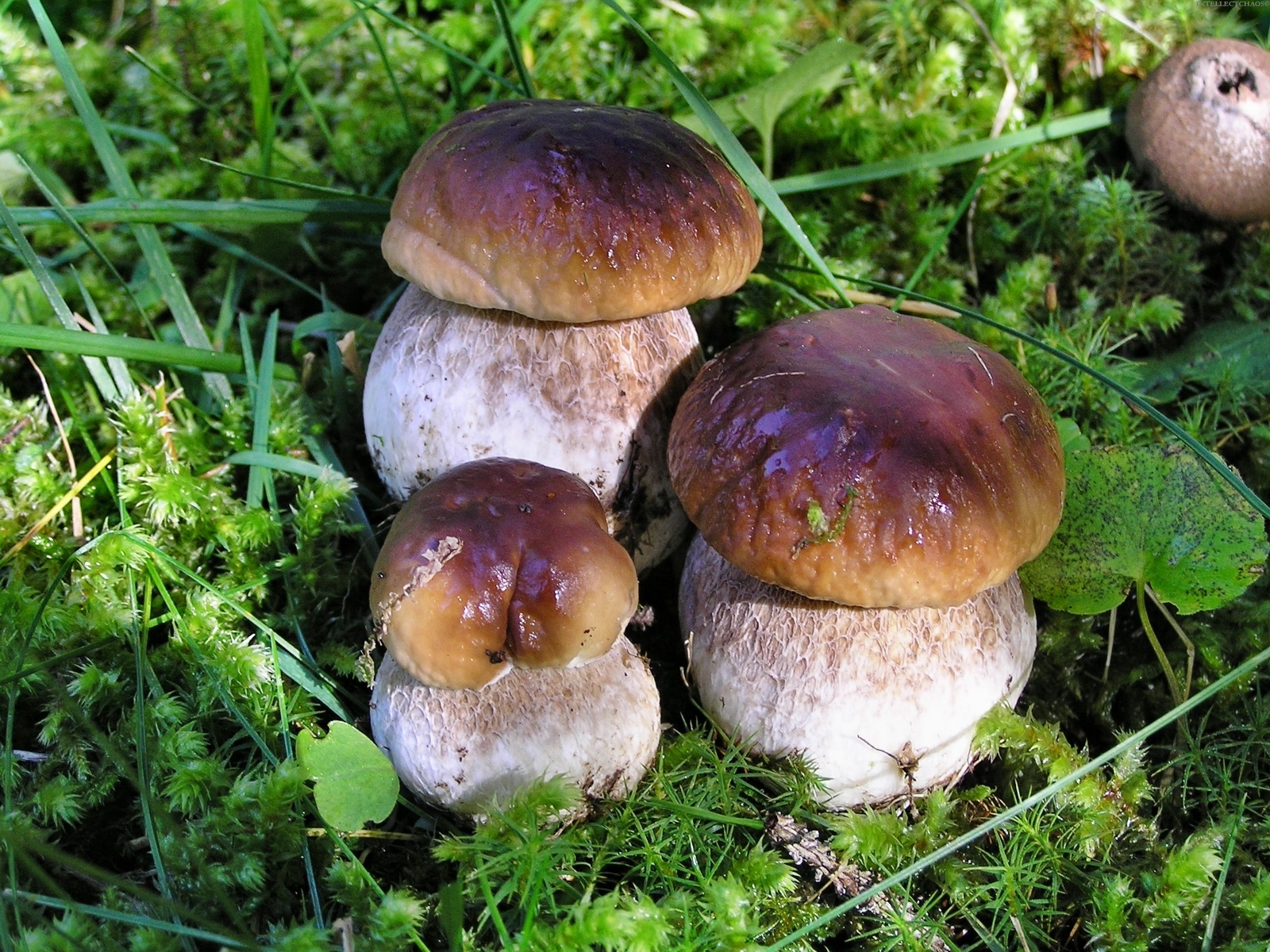
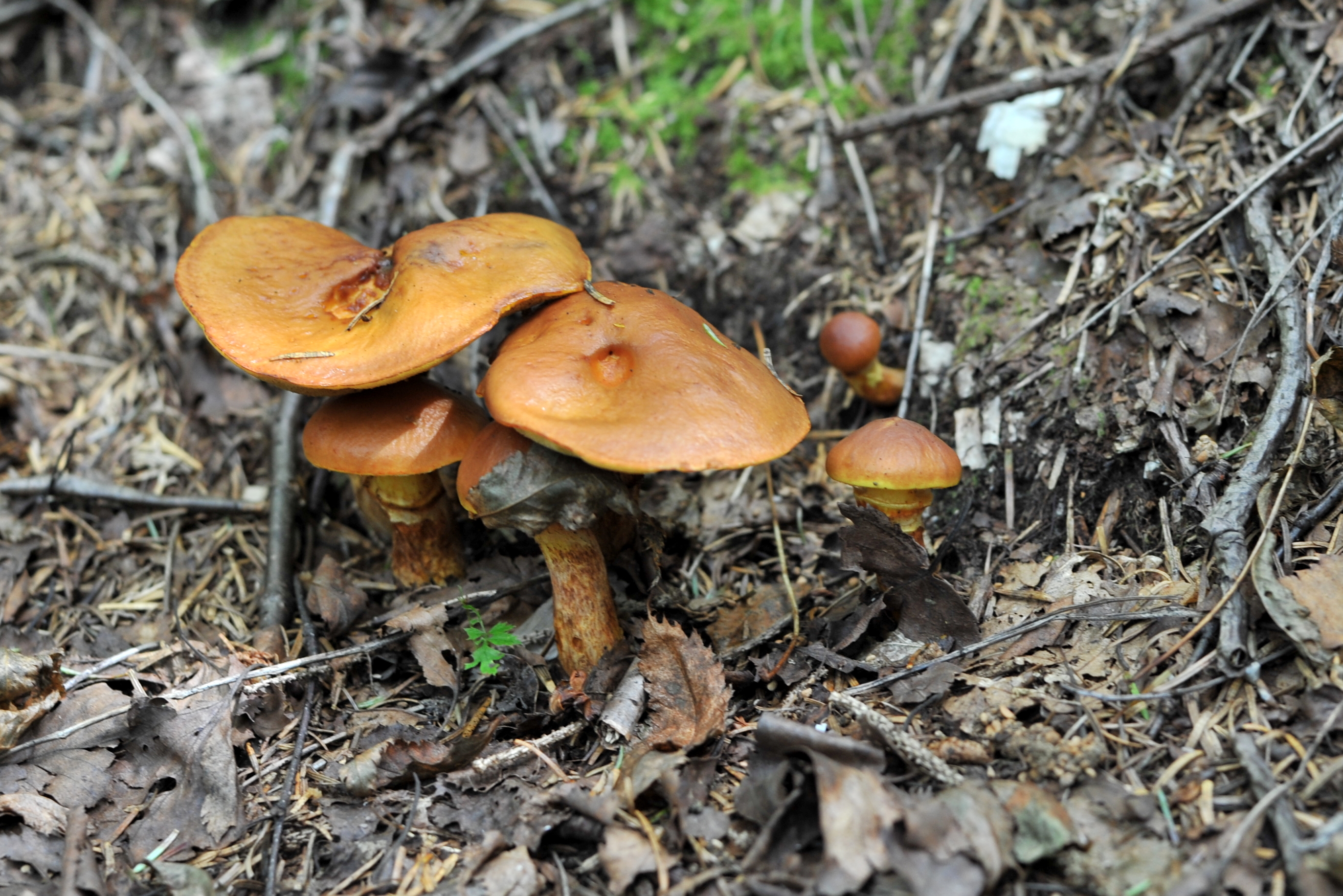
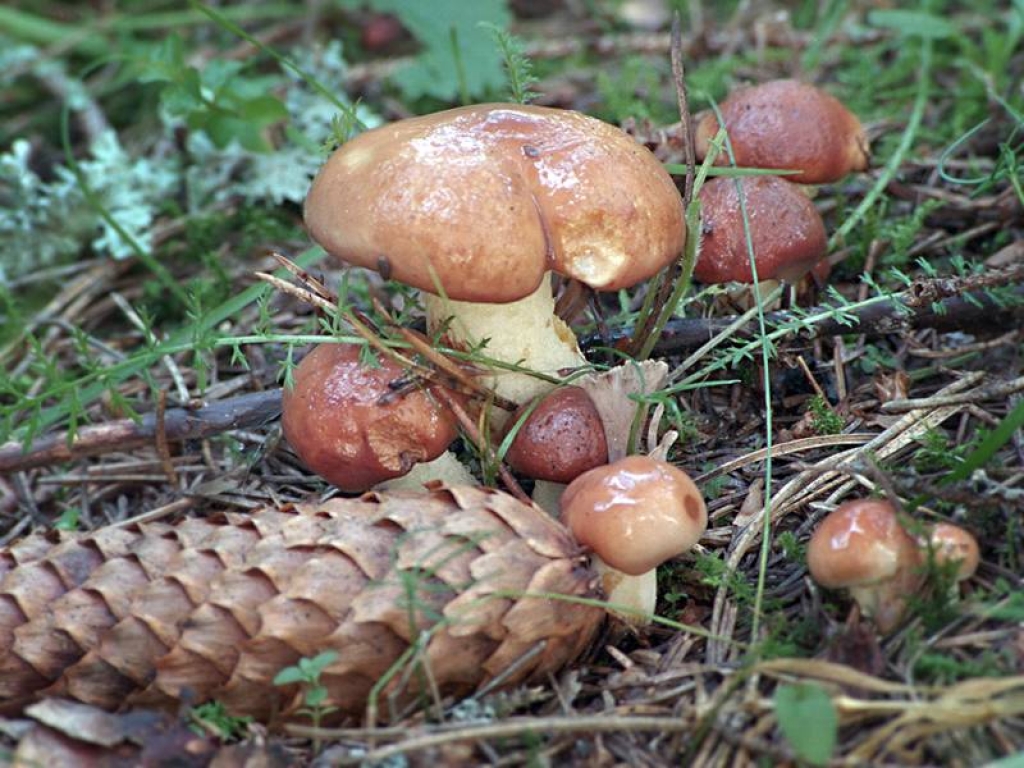
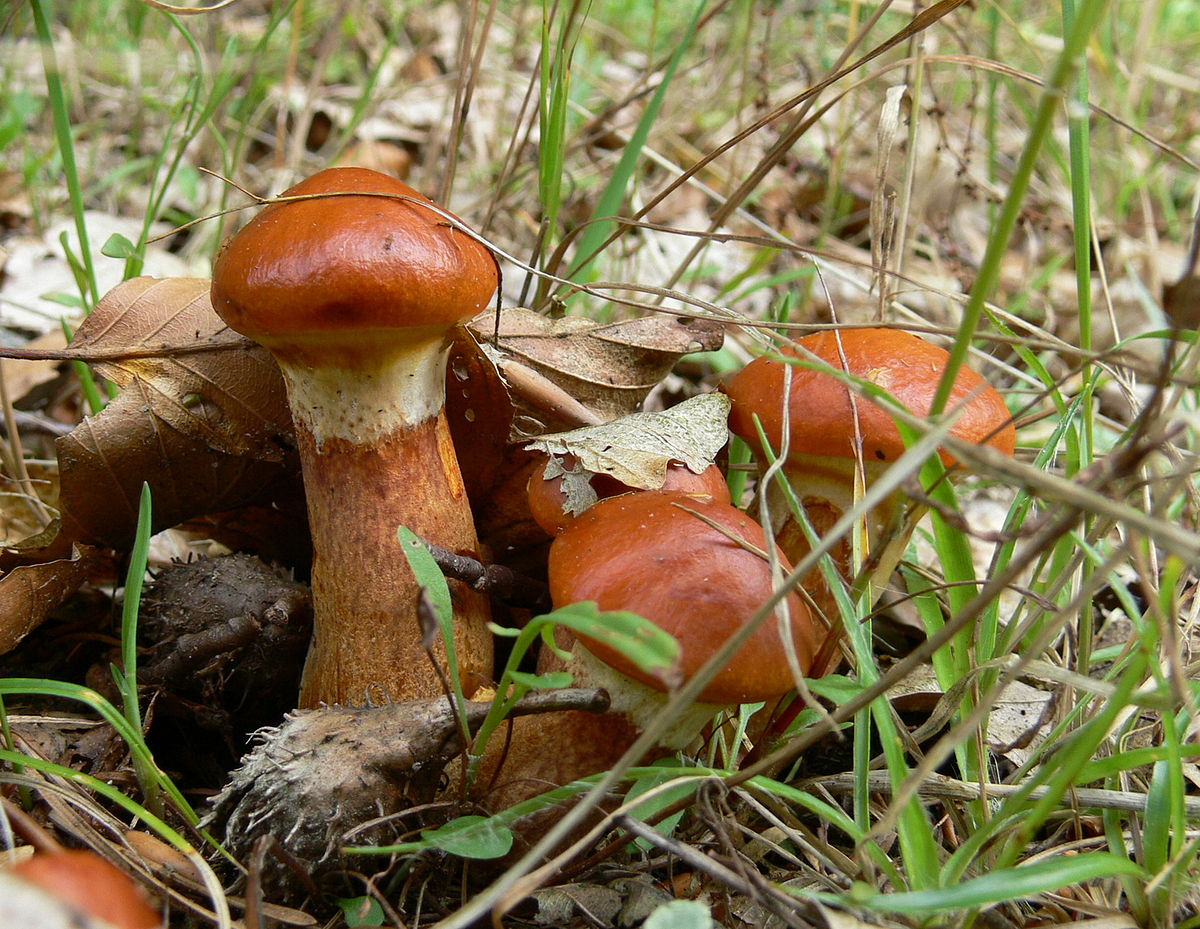
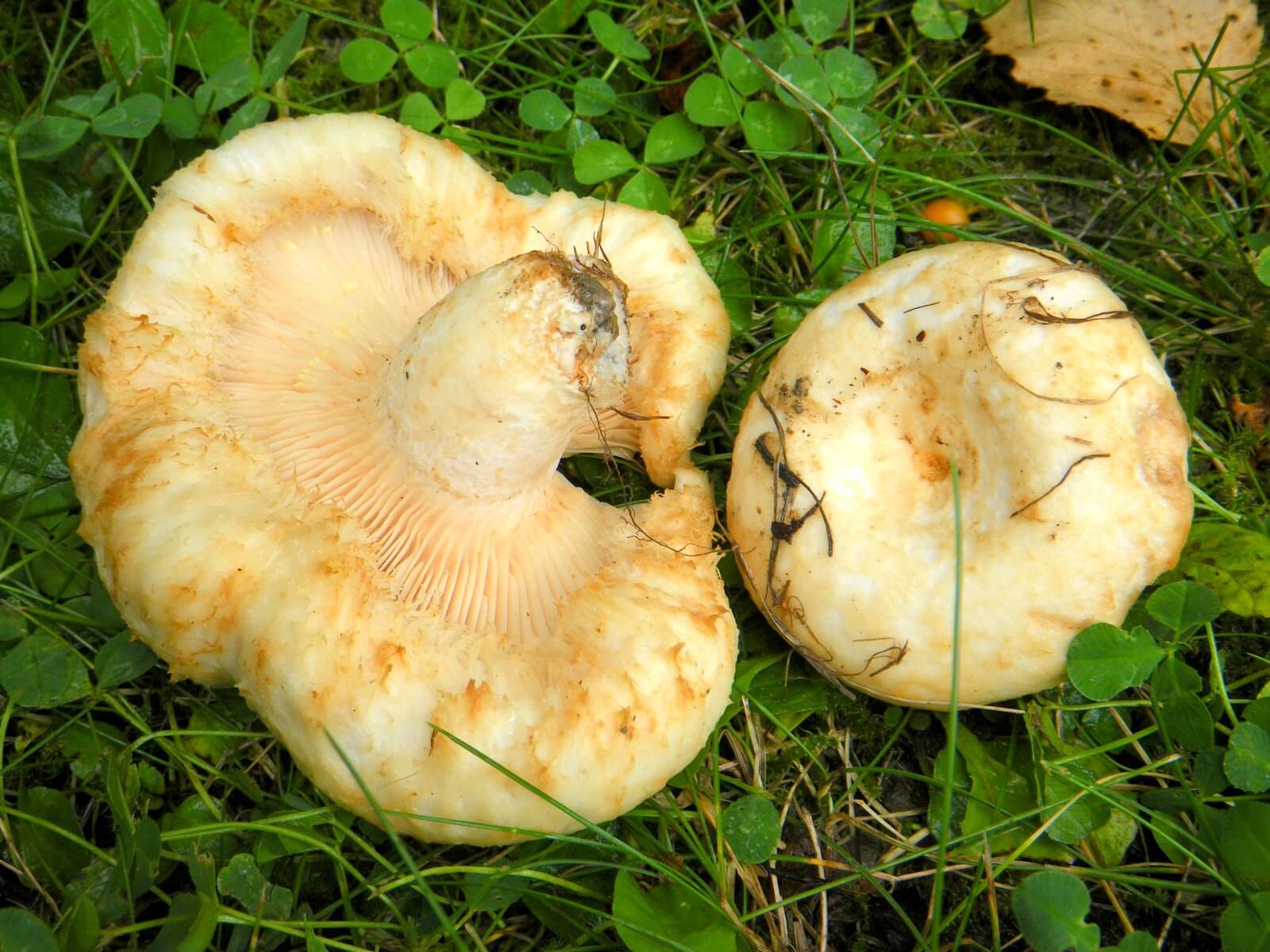
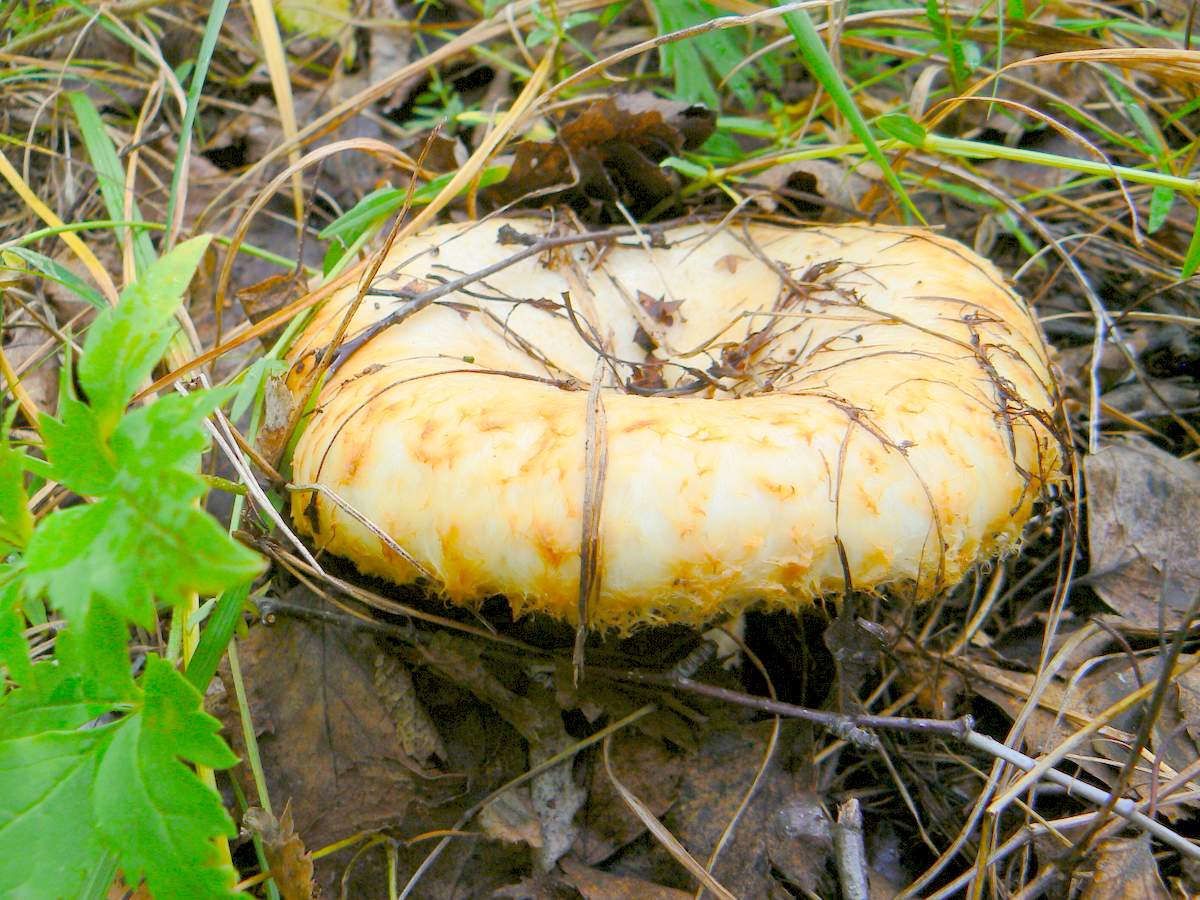
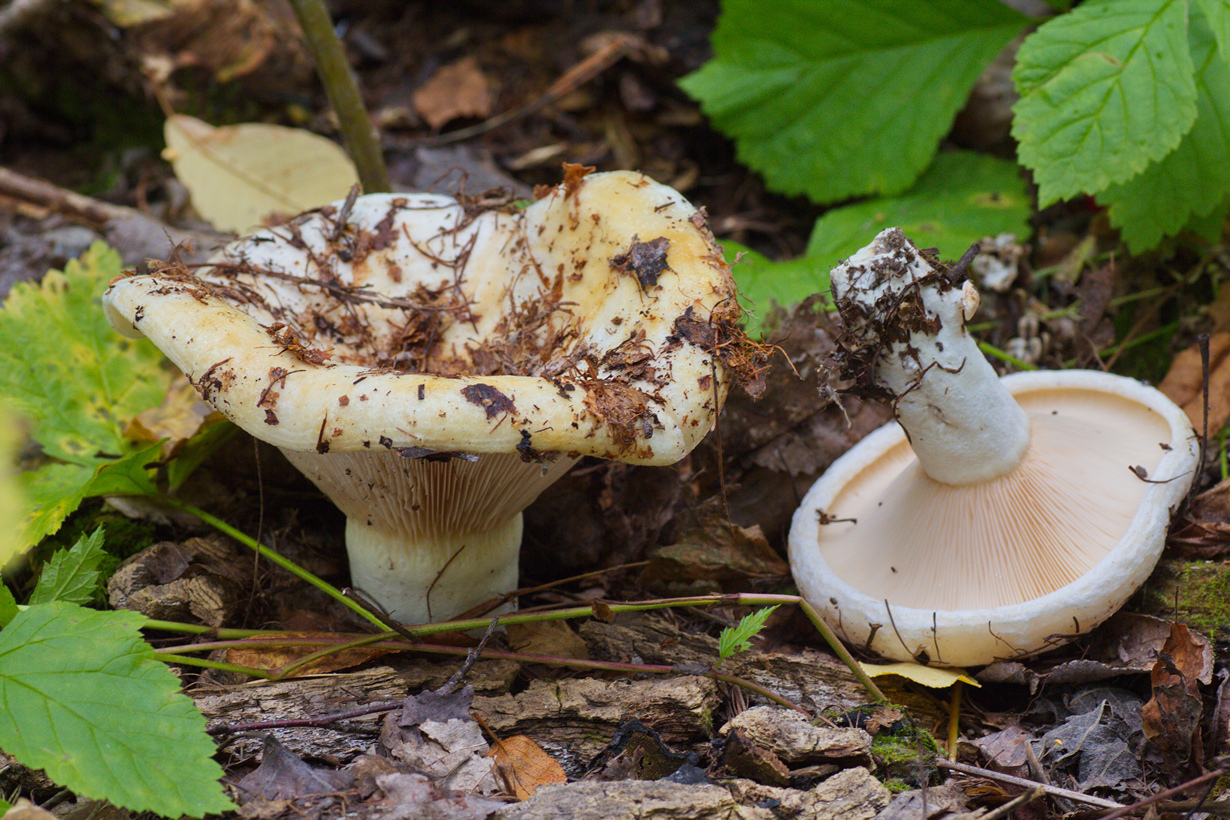
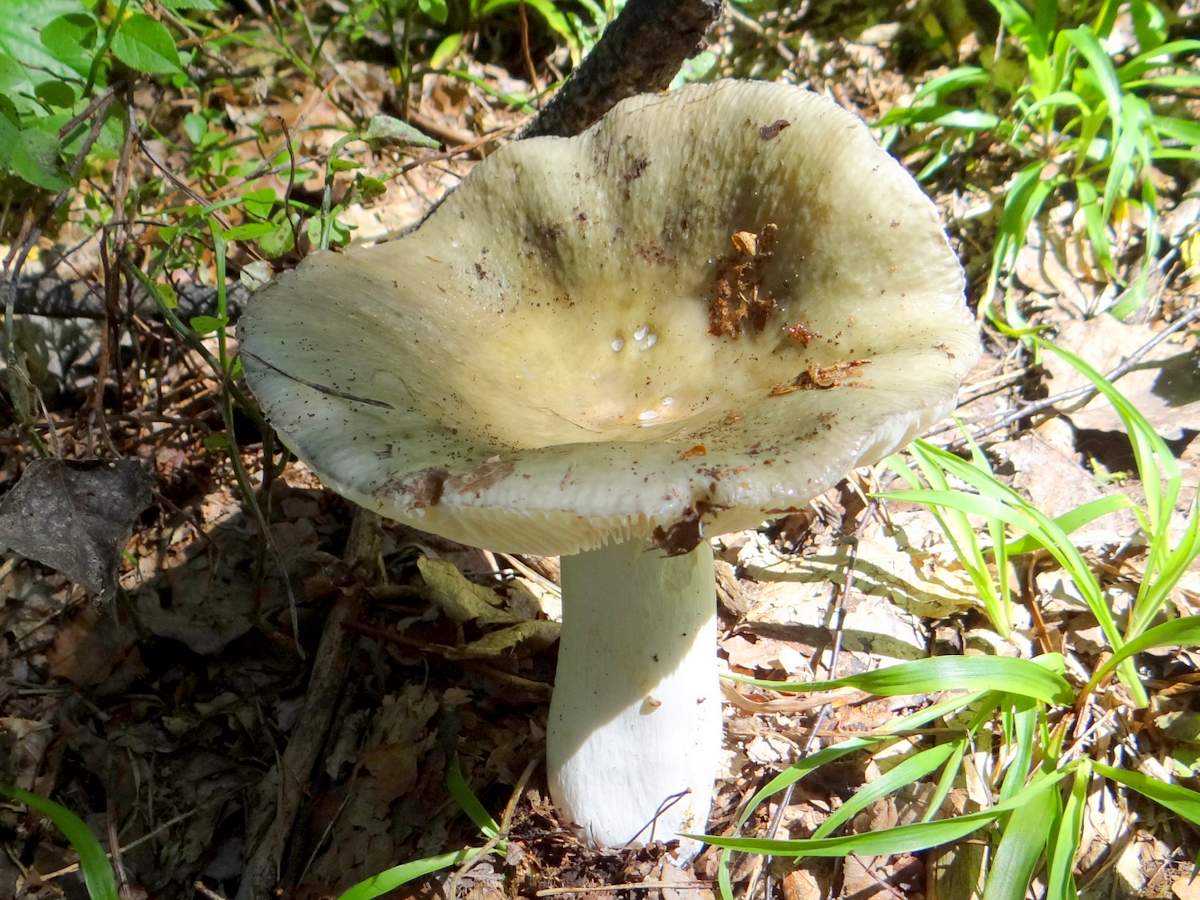
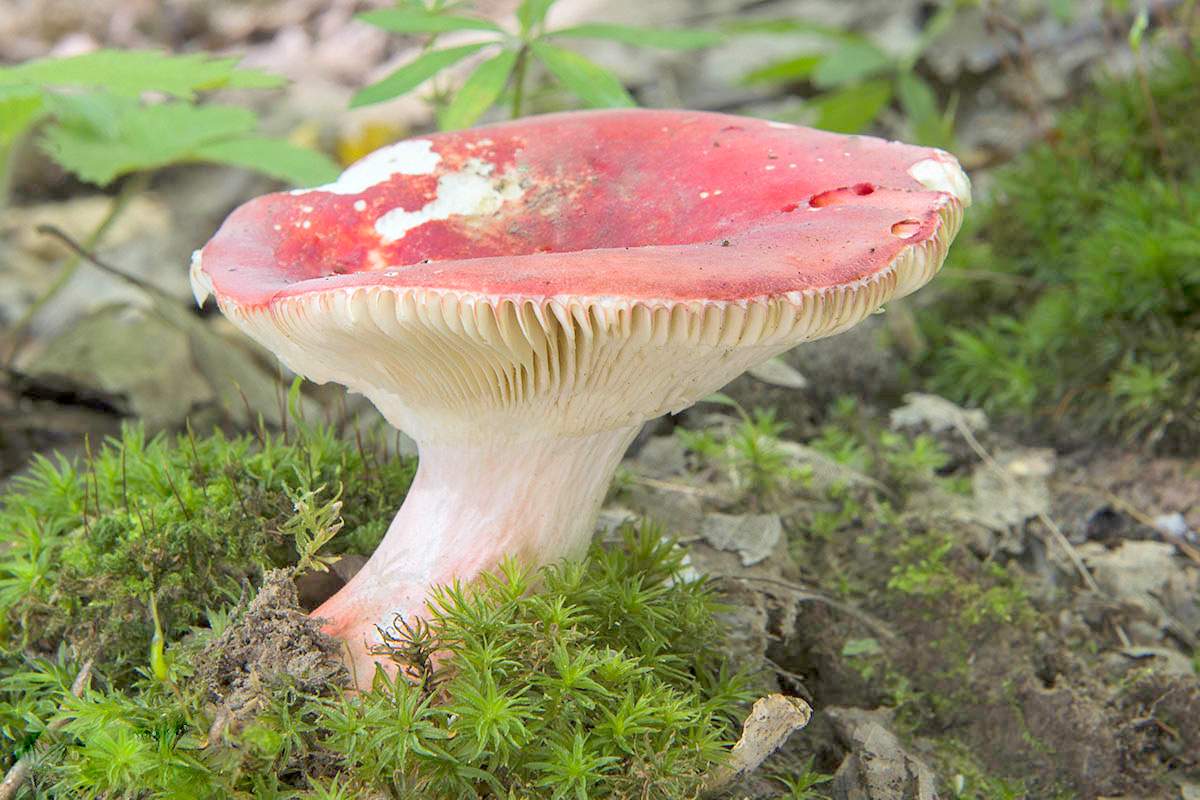
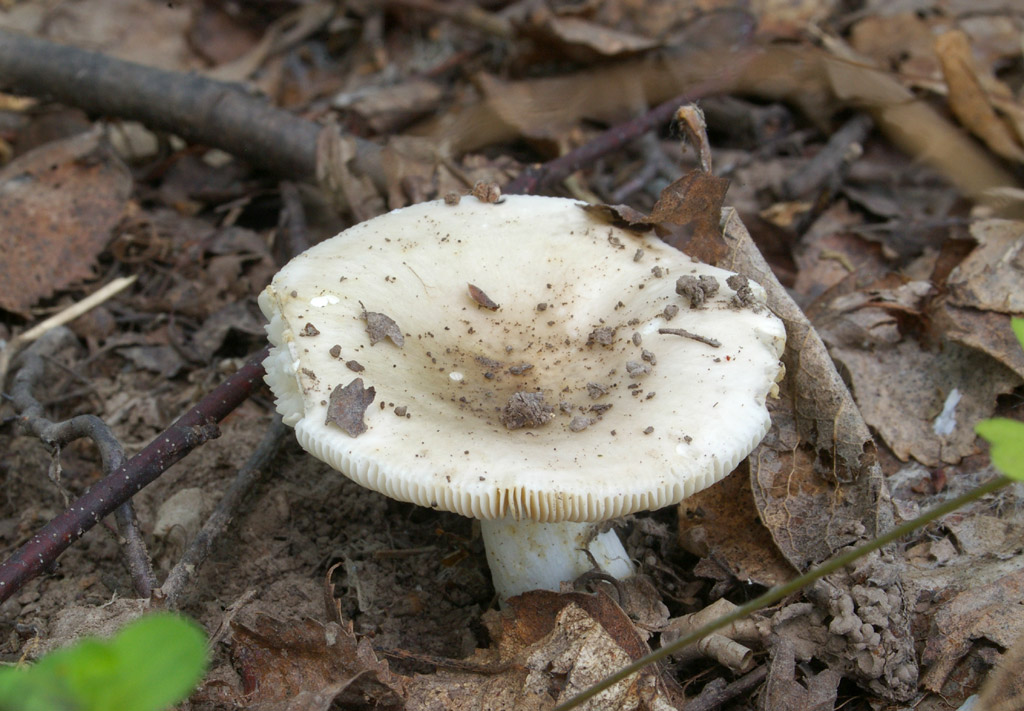
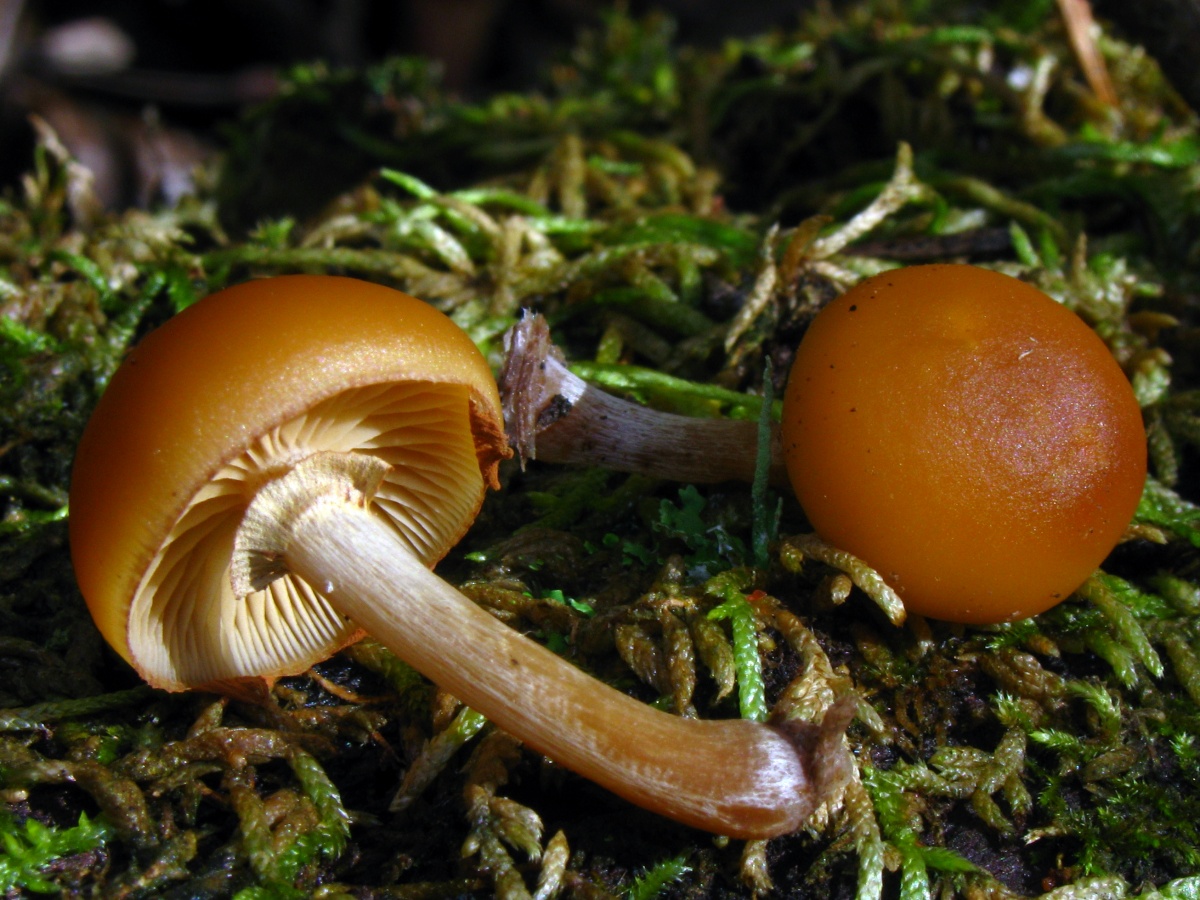
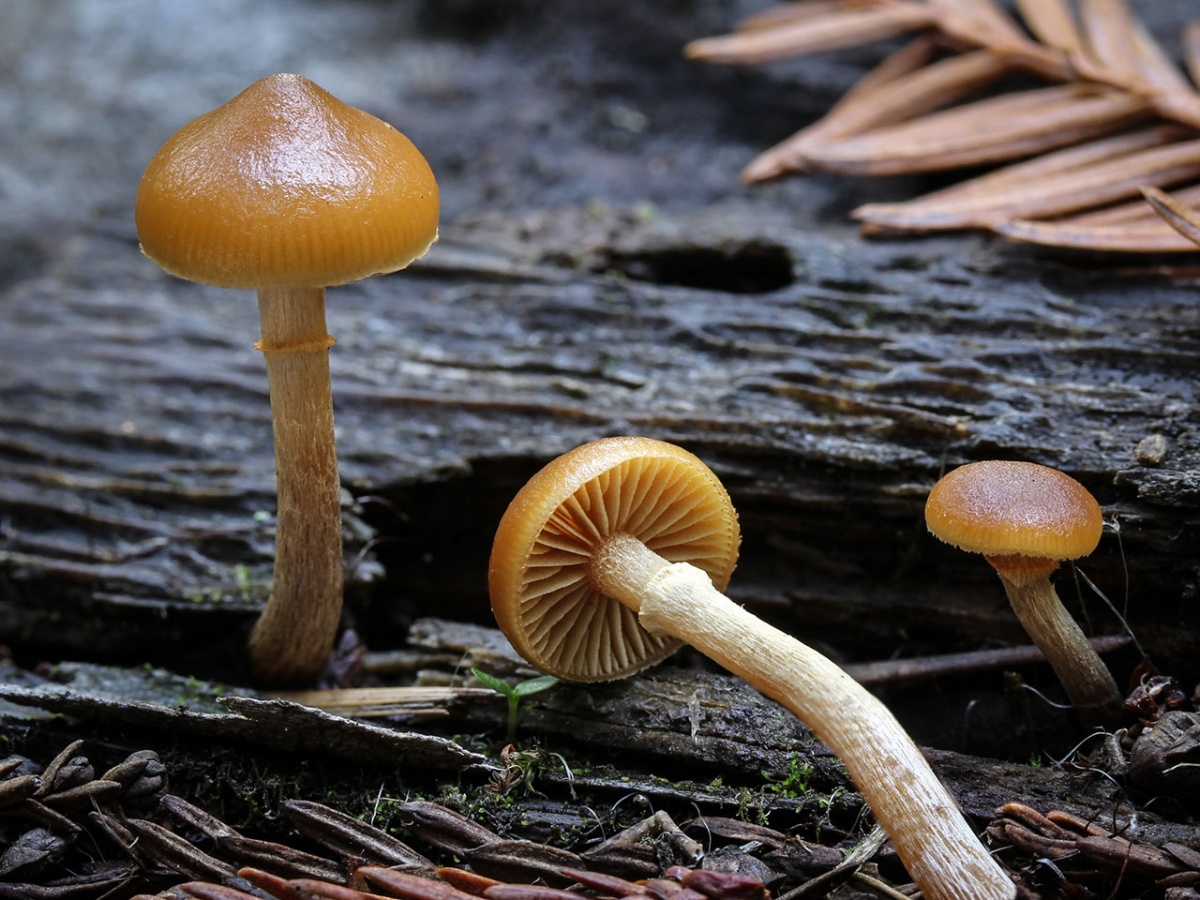
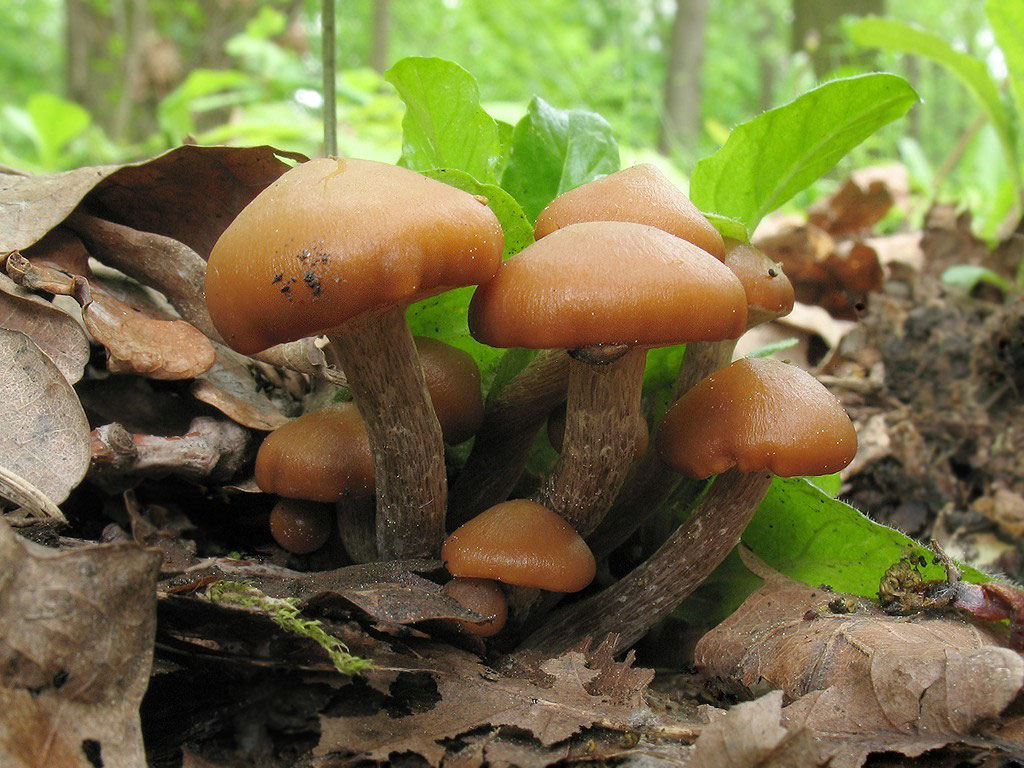
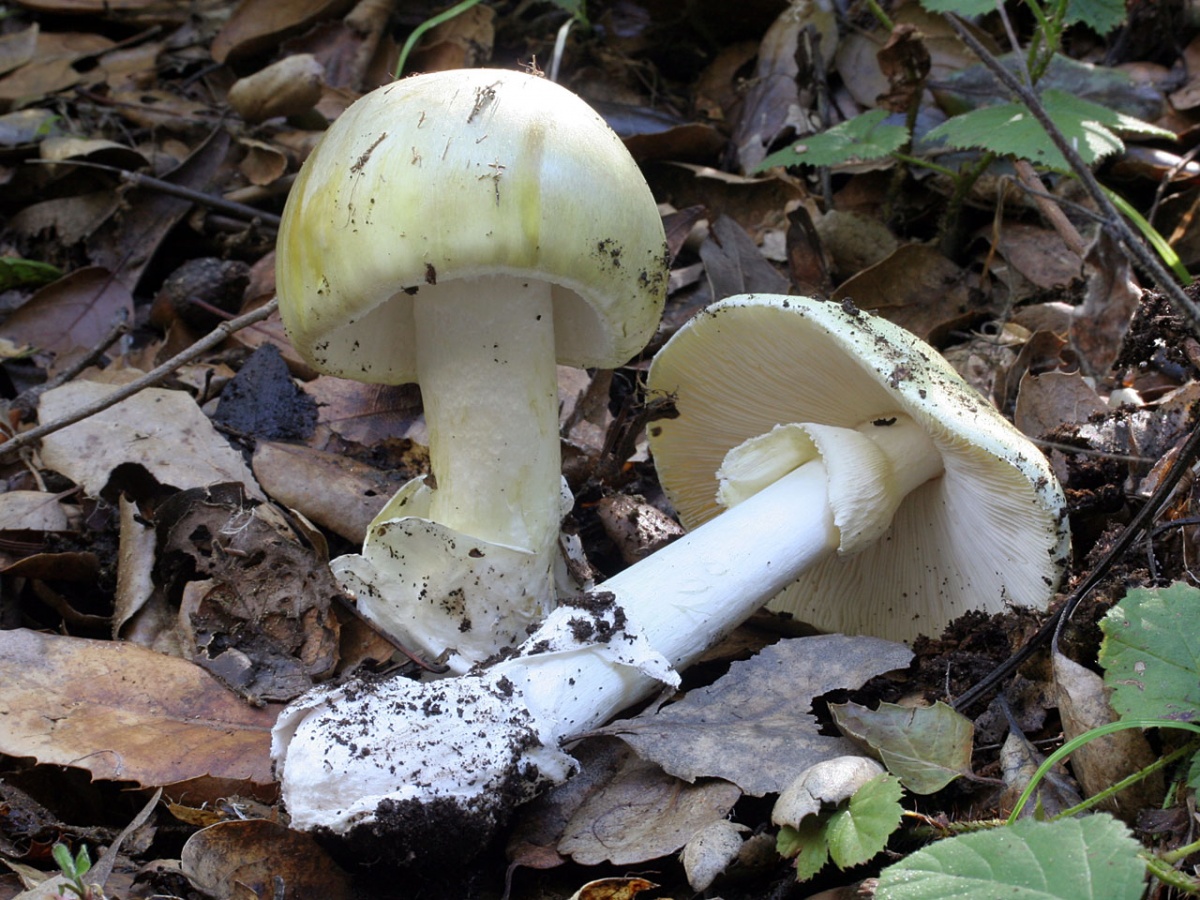
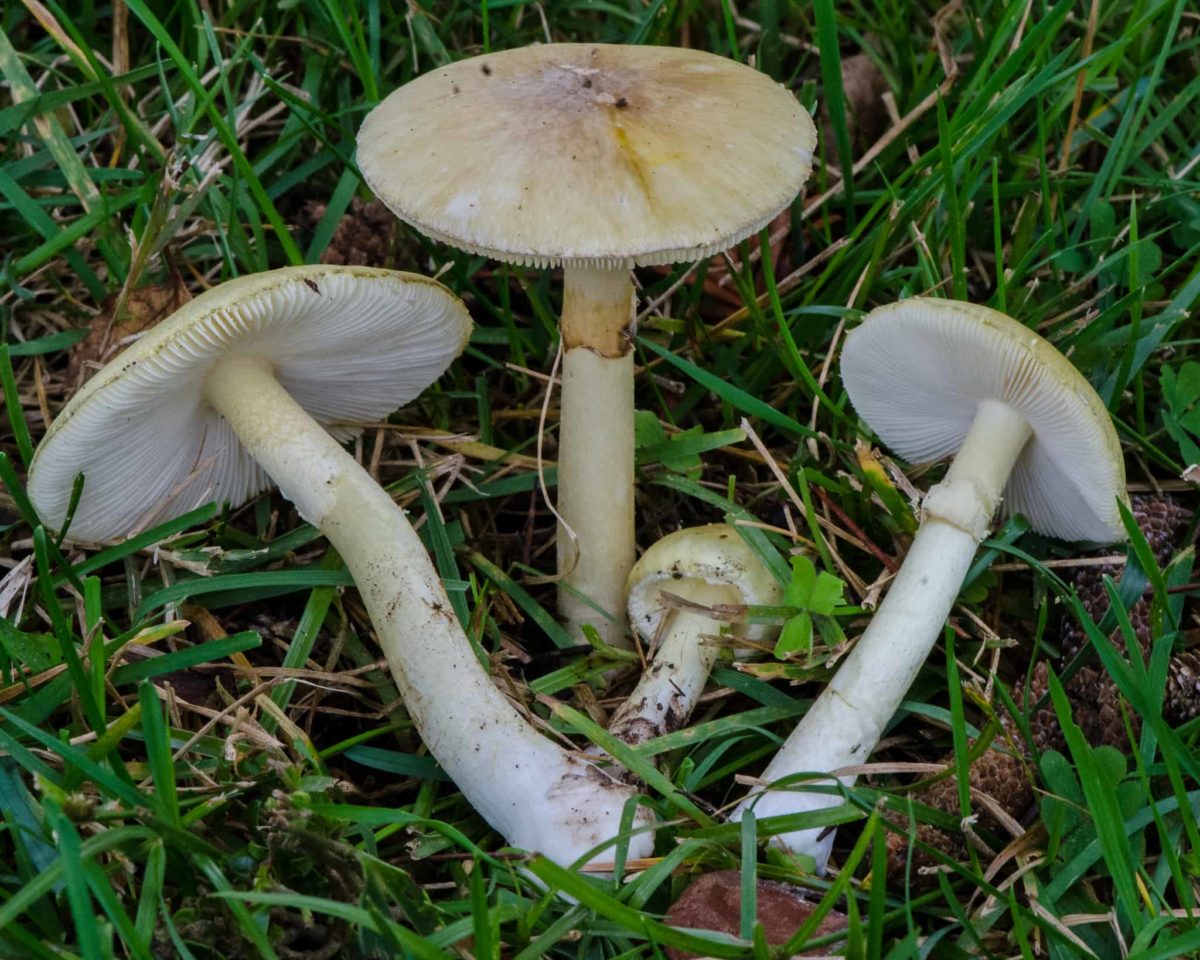
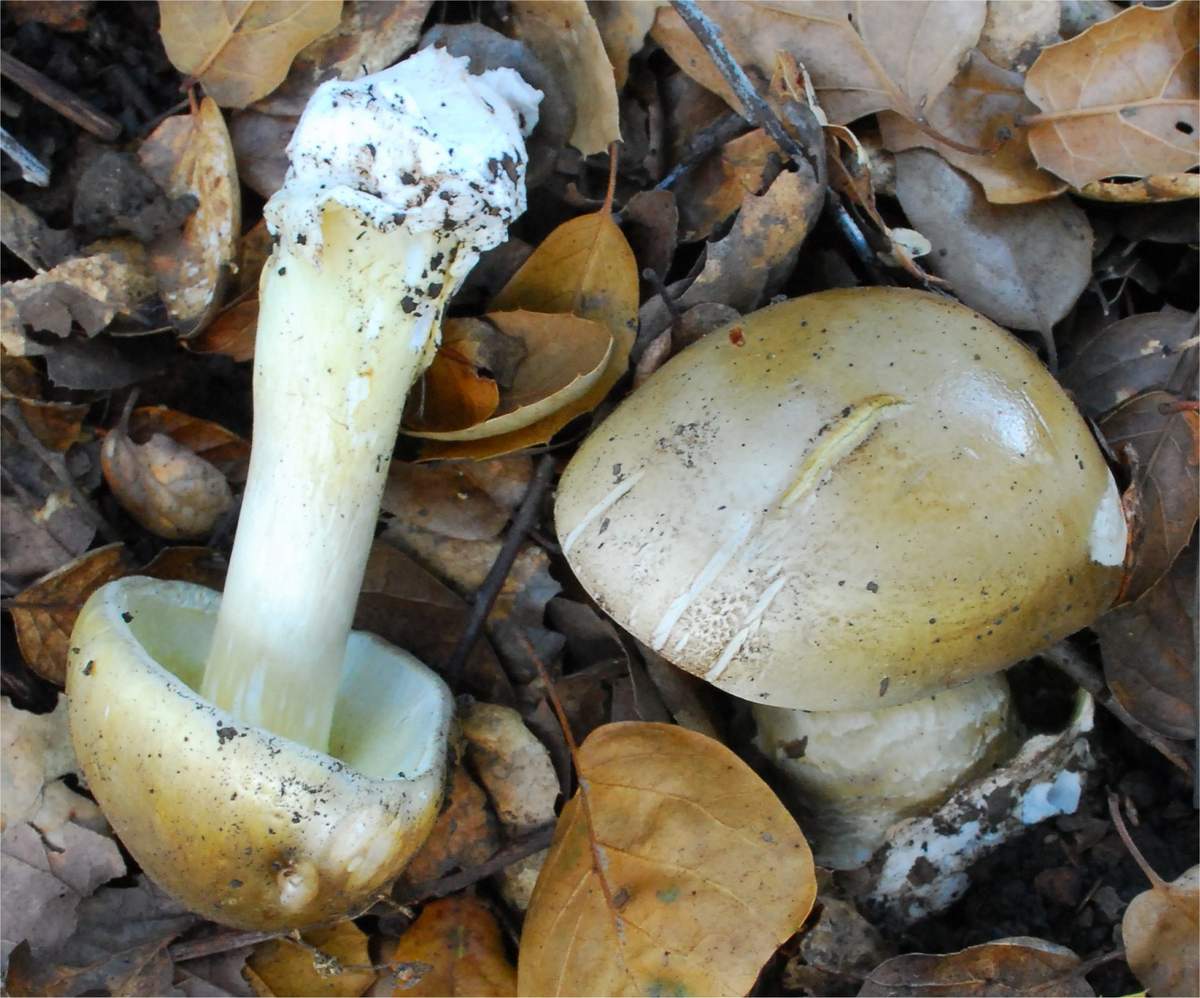
 Care and use of Kombucha at home (+22 photo)
Care and use of Kombucha at home (+22 photo) Edibility of the fungus of the motley umbrella and its description (+19 photo)
Edibility of the fungus of the motley umbrella and its description (+19 photo) Description of edible and inedible oils, their poisonous counterparts (+40 photos)
Description of edible and inedible oils, their poisonous counterparts (+40 photos) Useful properties of milk mushroom and its contraindications (+17 photos)
Useful properties of milk mushroom and its contraindications (+17 photos)